Every year, Samsung presents us with a new series of smartphones Galaxy S, which is supposed to show its technological peak for the given year. After switching to the new numbering, we can even see which year it is on the first good one. So this year we have a trio of phone models Galaxy S22, when we put that environment to the test, that is Galaxy S22 +.
Galaxy The S22 may be too small, and it has various compromises compared to its bigger brothers. Galaxy The S22 Ultra may be unnecessarily large and expensive for many. The golden mean in the form of a model Galaxy The S22+ can thus appear to be completely ideal. It came to us for testing in its pink gold color combination (Pink Gold) and the 256GB version of its internal storage. The official price of such a model on Samsung's website is CZK 27 (the 990GB version costs CZK 128 less). Pre-orders run until March 10, and a day later the sharp sale starts.
You could be interested in

Improved construction
While the Ultra model is a combination of worlds Galaxy S and Note, so models Galaxy The S22 and S22+ are clearly based on their predecessors, i.e. the series Galaxy S21. However, don't think that it's just some internal improvement and everything remains the same on the outside. You probably won't recognize the 0,1-inch smaller display, but you will already know the change in frame construction. Armor Aluminum, as Samsung calls the frame around the phone, is very pleasing not only to the eye, but also to the touch, even if it probably catches more fingerprints than you would like.
The sides are sharper and easier to grip, even though they are shiny, so the phone can slide a little in particularly sweaty hands, and even the matte back glass doesn't prevent that much. On the other hand, the phone is quite light for its size, so there is definitely no risk that it will actually fall out of your hand in the end. Its execution is exemplary and precise. After all, the quality of the construction is also evidenced by the moisture resistance according to IP68 (depth of 1,5 m of fresh water for 30 minutes).
You can find the power button on the right side of the device, above it there is one large split for volume up and down. You can find the SIM card slot on the bottom, as well as the USB-C connector. Both the SIM removal tool and the USB-C to USB-C cable are included in the product packaging. But not the power adapter or headphones. Samsung has decided to play around with the display sizes of its top line of smartphones. In the end, the smaller display doesn't really matter, because you definitely won't see this reduction, but you will feel it decently on the size of the entire structure. The dimensions of the device are 157,4 x 75,8 x 7,6 mm and its weight is still a usable 195 g.
You could be interested in
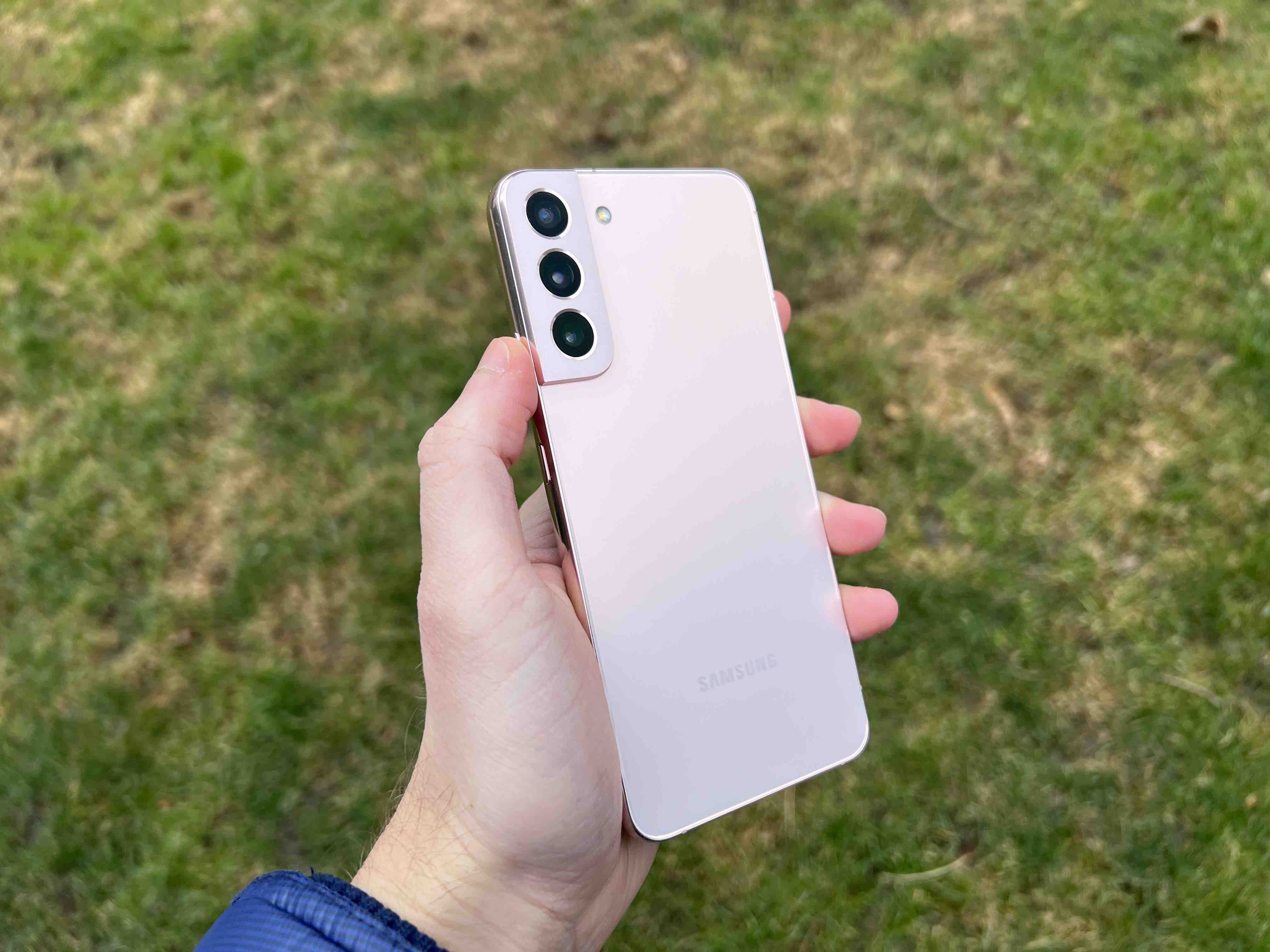
The brightest display
Dynamic AMOLED 2X is currently the best you can find on the mobile market (the resolution is 1080 x 2340 pixels, density 393 ppi). Of course, this is due to its peak brightness, with which it can reach up to 1750 nits. If it bothers you in the summer that you can't see anything on your phone's screen, you'll finally be here (it just eats up the battery). There was still some controversy surrounding the display regarding its refresh rate. Samsung originally stated a value in the adaptive range from 10 to 120 Hz, however physically the display starts at 48 Hz, which then also the company expressed. The device can get to 10 Hz with software loops, but it is not a display specification, that is why the value that is actually related to the display has started to be given.
A higher refresh rate affects how we perceive the smoothness of movement on the display, whether in menus, on the web or in games. The higher it is, the more energy the device draws. Conversely, a lower refresh rate saves the battery. IN Settings -> Display -> Fluidity of movement you can determine if you want to attack up to the upper 120Hz limit in case of use, or if you want to "get stuck" at that 60Hz. No other options are available. Those who have tasted 120 Hz know that under no circumstances would they want anything else. It actually makes sense when paired with OLED displays, as it has a significant impact on how we perceive the interaction with the device itself.
Of course, the display also hides other technologies. An ultrasonic fingerprint reader is present, which has nothing to do with the one used in the previous generation. There is also the Vision Booster function, which ensures a more faithful presentation of colors at maximum brightness. There is also an Eye Comfort Shield filter with artificial intelligence that reduces blue light. Let's also add that the Touch Sampling Rate refresh rate, i.e. the response to touch, is 240 Hz in game mode. The selfie camera is, of course, placed in the hole located at the top in the middle of the display. The 10 MPx it provides isn't much, the f/2,2 aperture doesn't dazzle too much either. However, it is not very visible in the results. If you are a selfie maniac, you will probably reach for the higher model of the series, however i Galaxy The S22+ does a nice job here. The angle of view of the front camera is 80 degrees.
You could be interested in
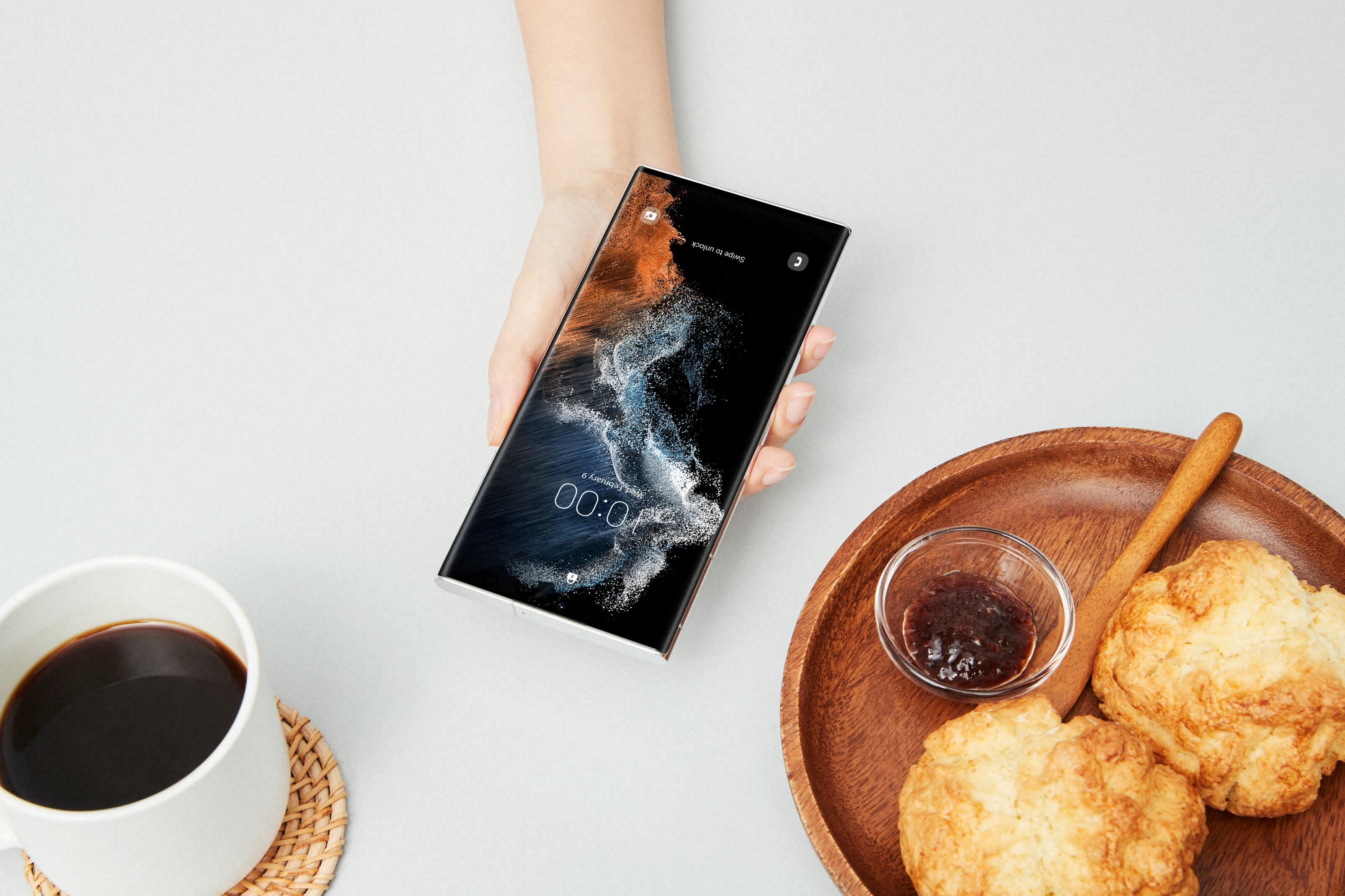
Many other cameras
Whether you take the tested Galaxy S22+ or its smaller version without the Plus moniker, you will find completely identical specifications of their cameras here. And they have changed a lot since the S21 series. The 12MPx for the wide-angle lens jumped right to 50MPx, which merges four pixels into one to get more light (pixel binning), but if you want, you can also create a true 50MPx photo. In addition, this is the largest sensor that the company has used in any of its phones outside of the Ultra moniker. Its size is 1/1,56 inches and aperture f/1,8, there is also OIS.
Of course, a larger sensor captures more light, which is especially important in low-light conditions where a large amount of noise is avoided. That's why there is Adaptive Pixel technology for better color rendering even in night photos. After all, Samsung has focused a lot on night photography here. Frankly speaking, night photography with few light sources will always be useless. When you need to take a night photo, it is important to use only the lens that is suitable for it, and that is the wide-angle one. If the scene is really dark, it is better to use backlight, but if some light does get on it, the results are quite usable.
When shooting with a shallow depth of field, you will get a more natural background blur, but due to the width of the sensor, be careful about the distortion of objects present too close to the lens. Samsung has also added a new AI Stereo Map function to the Portrait mode, which improves the results overall. People should look more natural with its help, furry pets should no longer have their hair blended with the background.
As for the remaining two lenses, you'll find a 12MPx ultra-wide sf/2,2 with 120-degree angle of view, which is identical to last year's, as well as a 10MPx telephoto lens with triple optical zoom, OIS, f/2,4 and angle of view 36 degrees. This means you have a range from 0,6 to 3 stops of optical zoom here, with the maximum digital being thirty times. Model Galaxy However, the S21+ offered a 1,1x zoom, as its sensor was 64MPx, and the company used software tricks to zoom here. This solution relying on hardware and physical optics is obviously a better solution. However, keep in mind that it should only be used in good lighting conditions. As they deteriorate, the zoom will be based on the 50MPx wide-angle lens, where appropriate cropping will be performed. But it is common practice.
Samsung also worked on the camera application. Now you can use the Pro mode for all main lenses. Their support is also present in social networks, where you can take content directly in them without having to upload it there from the gallery. Then for the video Galaxy The S22+ can do 8K at 24 frames per second, but 4K can already have 60 fps, Full HD 30 or 60 fps. HD slow motion video up to 960 fps is still present. Stabilization works really well here.
Sample photos are scaled down for website use. You can see their full size here.
You could be interested in
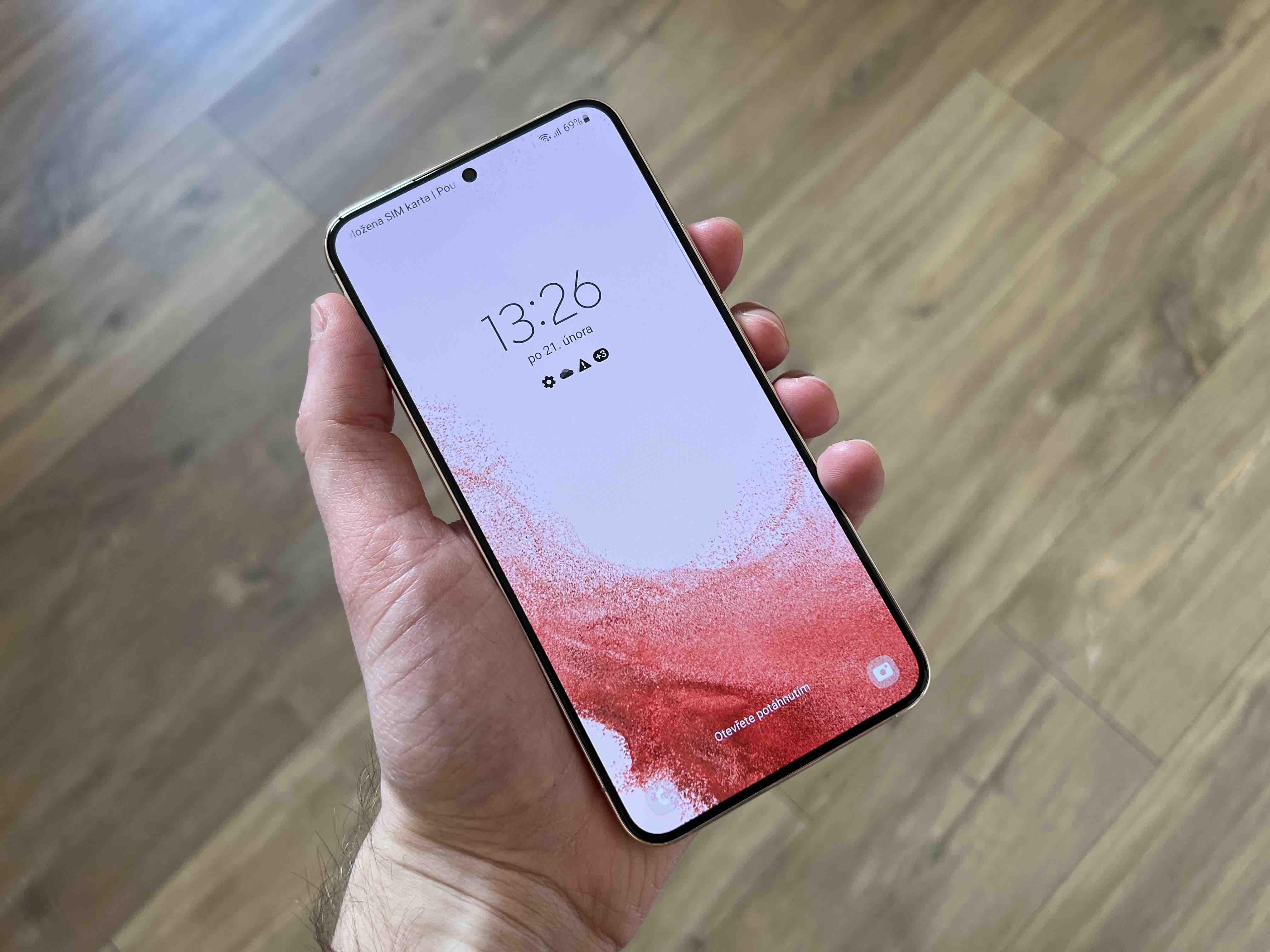
Questionable performance and battery life
The two most controversial points come next. Let's start with the simpler one, which is durability. The 4500mAh battery can probably handle what you expect from it. So there are no miracles of several days' use, on the other hand, you don't have to worry that your phone will turn off after half a day. Samsung lets you charge it wirelessly at 15W, with 45W wired charging present. So there was a significant shift here, but it doesn't mean much in the final. You can also look at specialized tests. If we simulated fast charging, using a 60W adapter, we charged the battery from 0% of its capacity to 100% in one hour and 44 minutes. And that's not exactly a super fast result.
Of course, how fast your battery drains and how long it lasts depends on how you use your device. It can be said that the average user will not have the slightest problem, but demanding users may be surprised by the heating of the device under high load. But it is a common and known problem of the Exynos chipset, regardless of the generation. The current 4nm Exynos 2200 is to be compared with the Snapdragon 8 Gen 1 but with a chip Apple A15 Bionic. In various tests, he jumps ahead of Snapdgragon, here again he is a few points behind him. So it can be said that both chipsets are very close in terms of performance, Apple of course he runs away with both.
But the performance also has an effect on the processing of other processes, when it was precisely on this that the Ultra model burned in the photographic test DXOMark. On the one in the case of the model Galaxy Although we are still waiting for the S22+, we can definitely say that this model has nothing to be ashamed of and can easily stand up to the world's best. It won't be the first, but it will definitely fit in the top twenty. What's great is that One UI 4.1 already provides a user-defined RAM Plus feature, where you can grab up to 8GB of internal storage and use it as virtual memory. Galaxy So the S22+ will currently tighten everything you prepare for it, but your fingers may "burn" a little. After all, he heats even such a thing quite strongly iPhone 13Pro Max.
You could be interested in
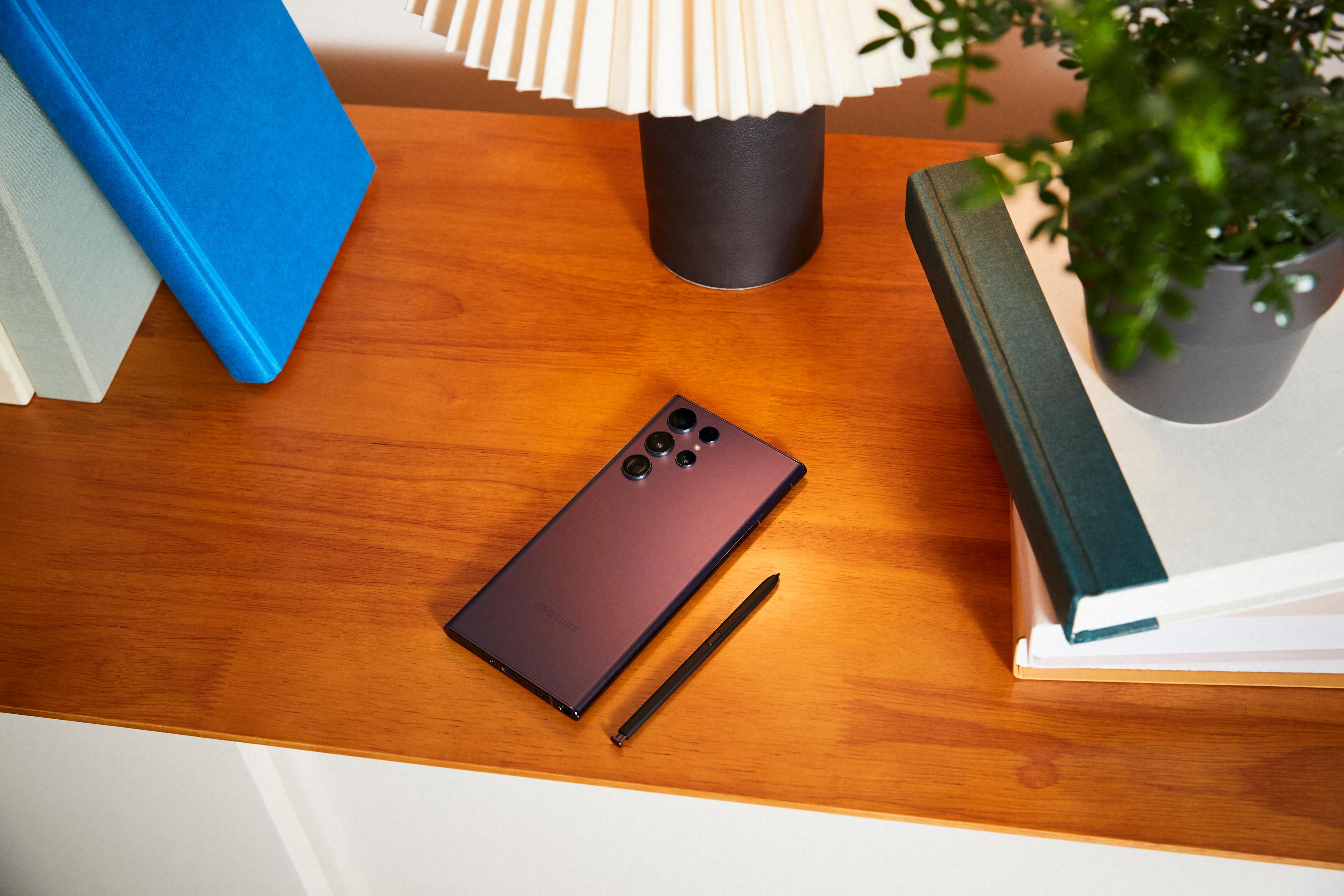
Another essential function
Samsung Knox Vault uses a secure processor and memory that isolates sensitive data from the main operating system. Thanks to clear graphics in the One UI user interface (here you can find his news) you can also see which apps have access to your data and camera footage, so you can decide whether or not to grant individual apps the appropriate permissions. Several other security features are also new, including, for example, the ARM micro architecture that prevents cyberattacks on the operating system and memory. In addition, there is Samsung Wallet and technologies such as Wi-Fi 802.11 a/b/g/n/ac/6e, Bluetooth 5.2 or of course 5G, NFC and Dual SIM support. Stereo speakers play without distortion and without noise. Of course, the device runs on Androidfor 12, and Samsung series models Galaxy S22 has promised four years of system updates and five years of security patches.
So the fundamental question is whether Galaxy The S22+ is worth the money. The answer should be that there is not much to think about here. It's big but not massive, it's stylish but not flashy, it takes great pictures but not the best, it's powerful but it has reserves, and it's expensive but not overpriced. If you want the best Samsung has to offer, you have to go for the Ultra model. If you want a smaller but still much the same device (especially in terms of camera specifications), the smallest model is offered Galaxy S22, or with some restrictions you can get by with is Galaxy S21 FE. But in every respect it is Galaxy The S22+ is a great phone that can stand up to the top of the line.
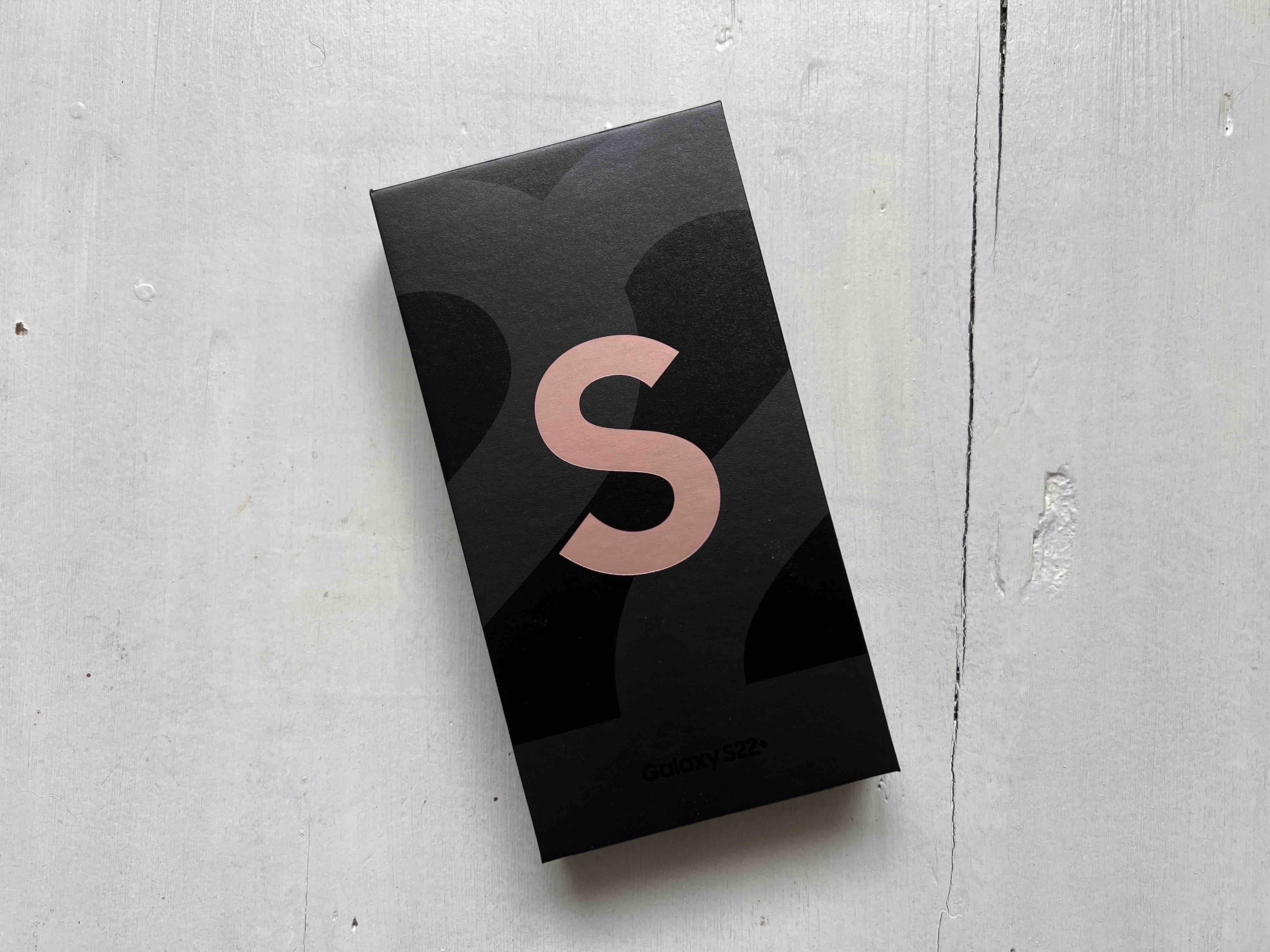
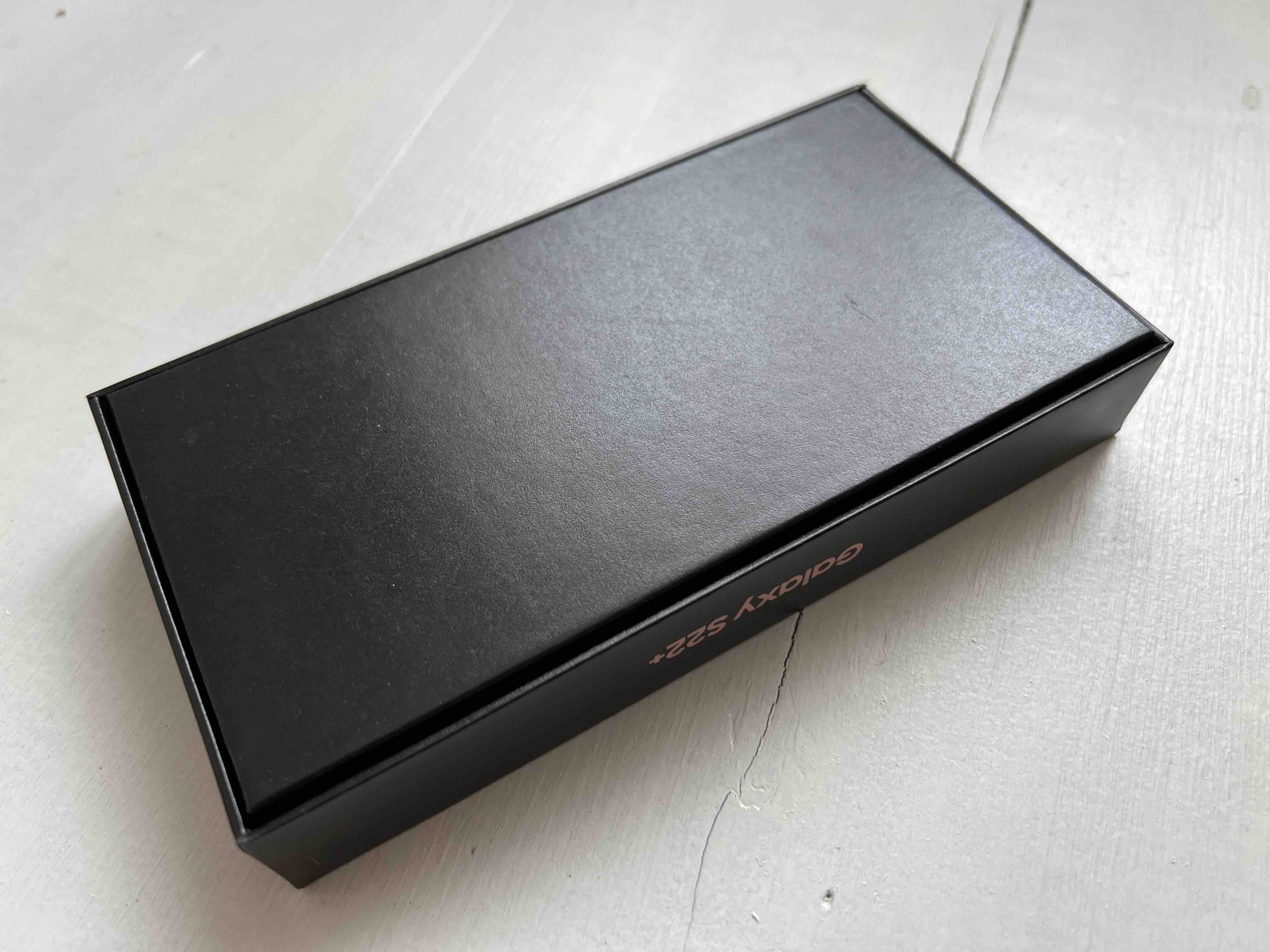
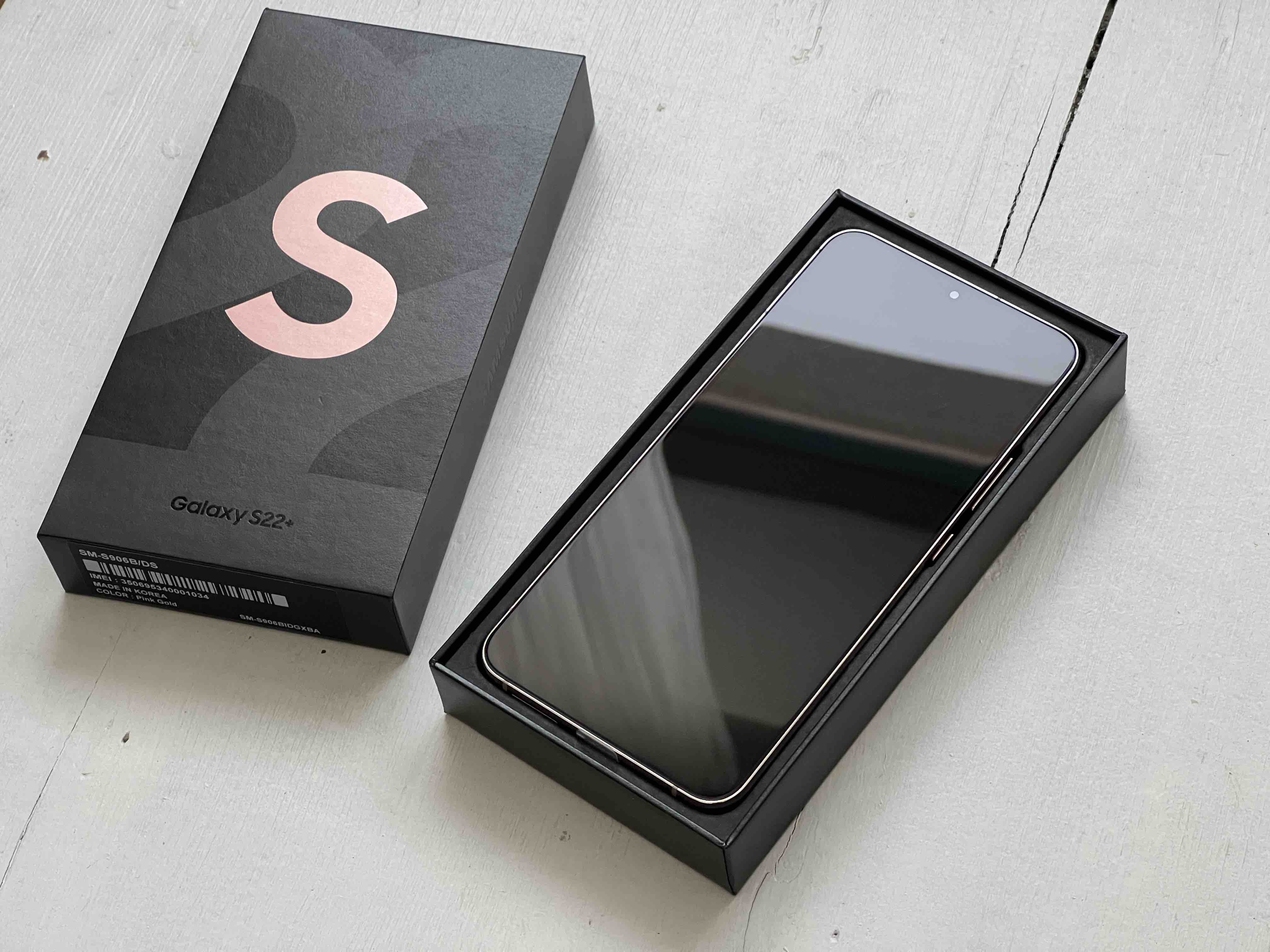
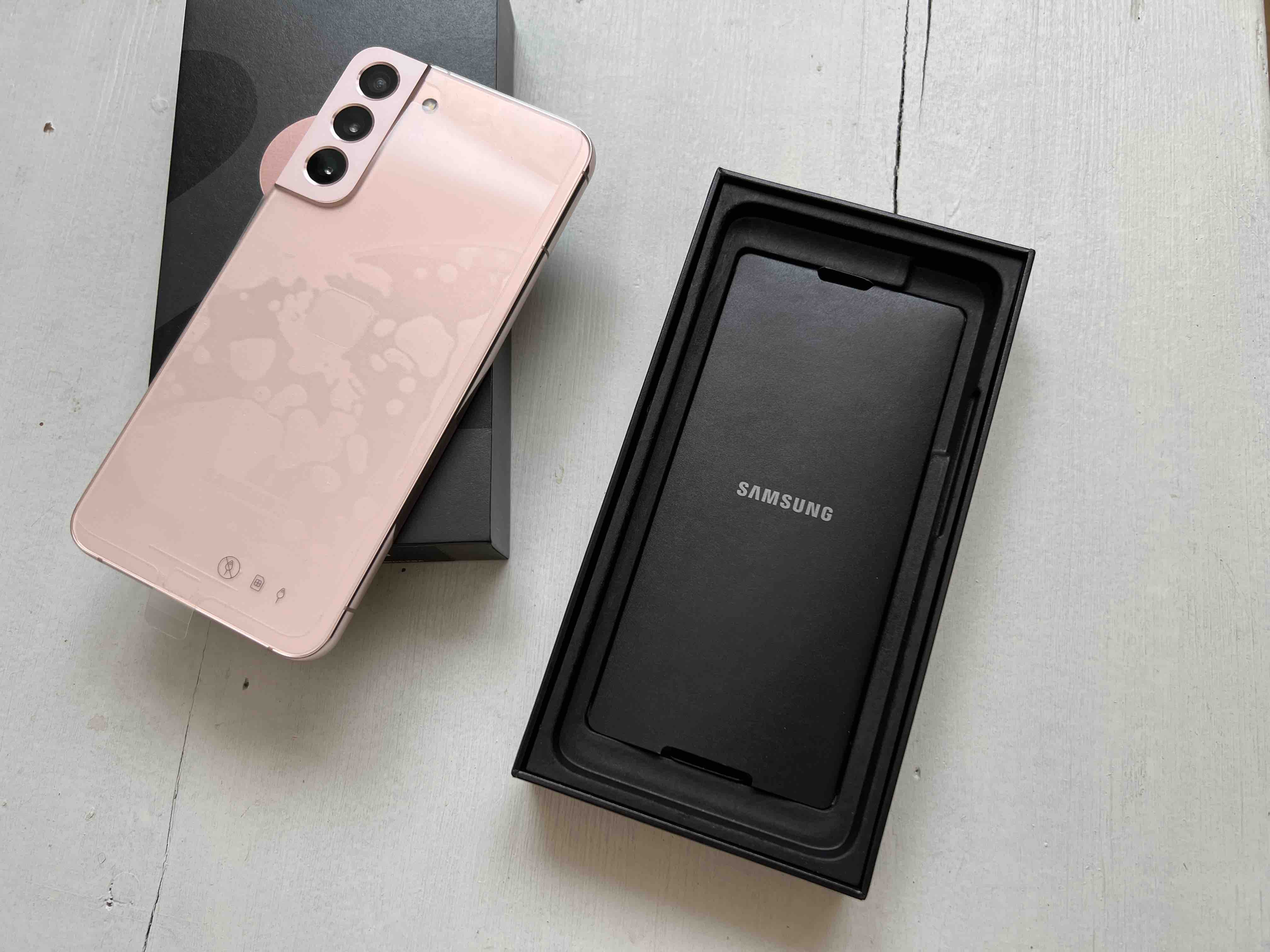
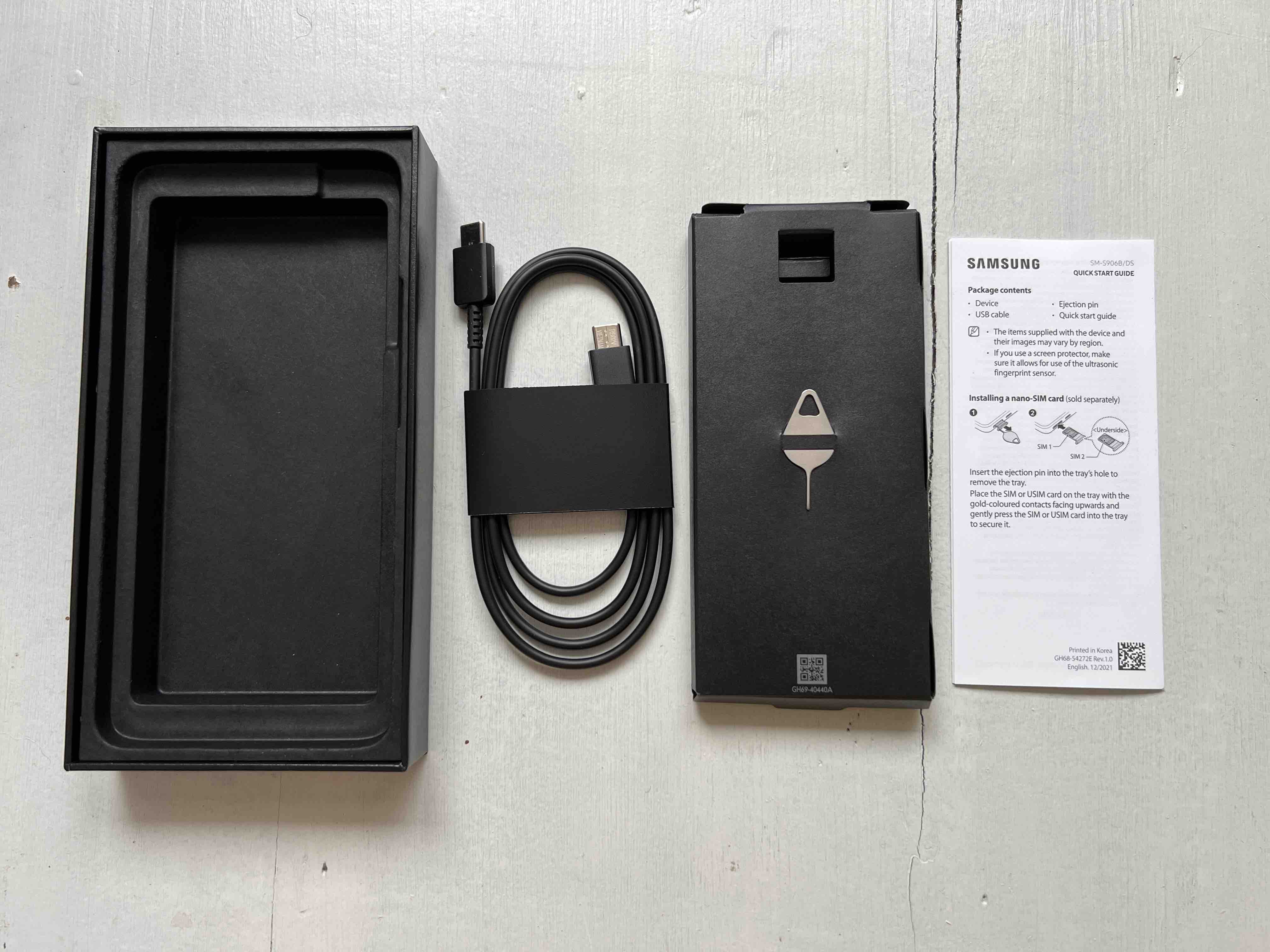

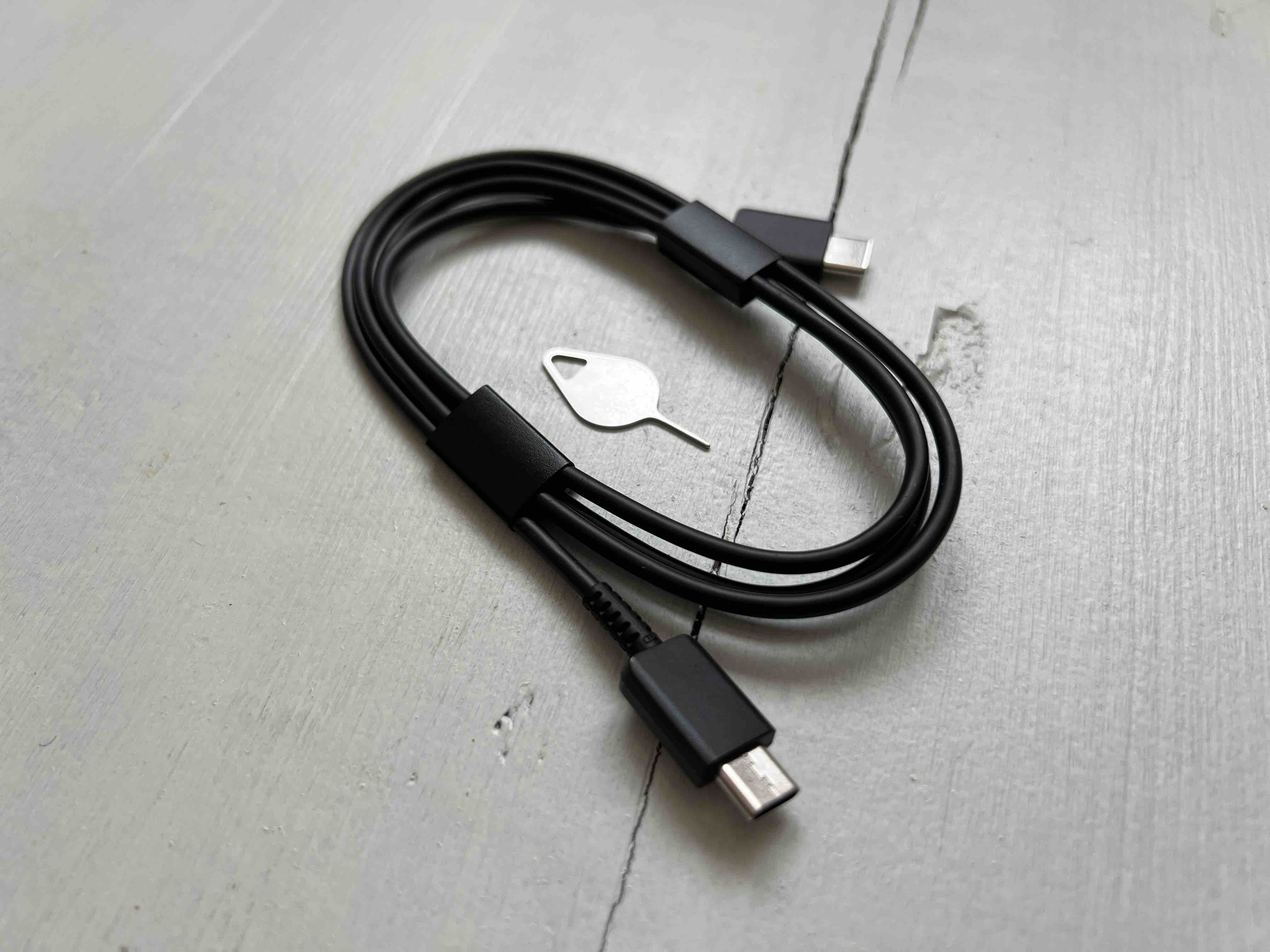
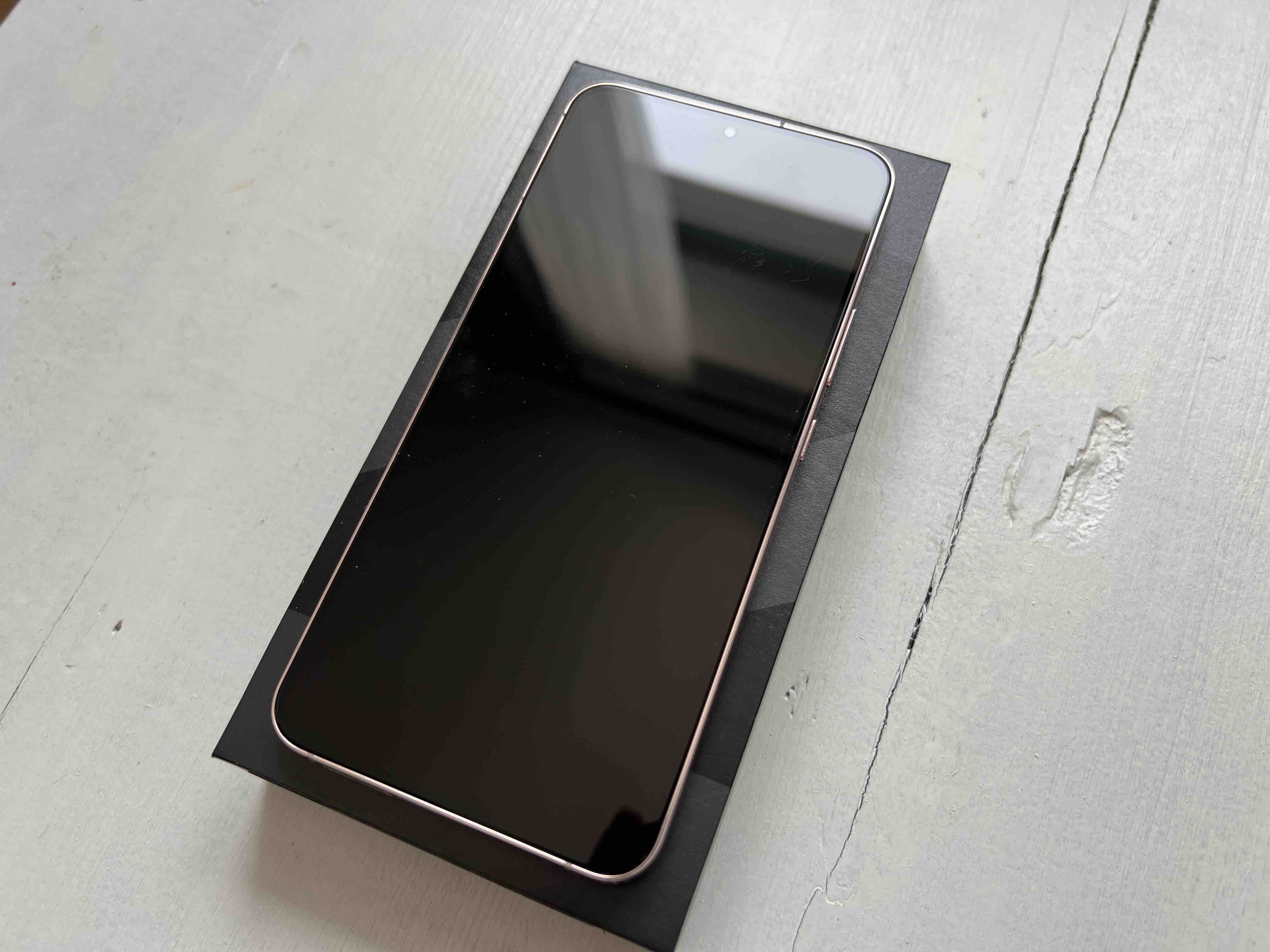
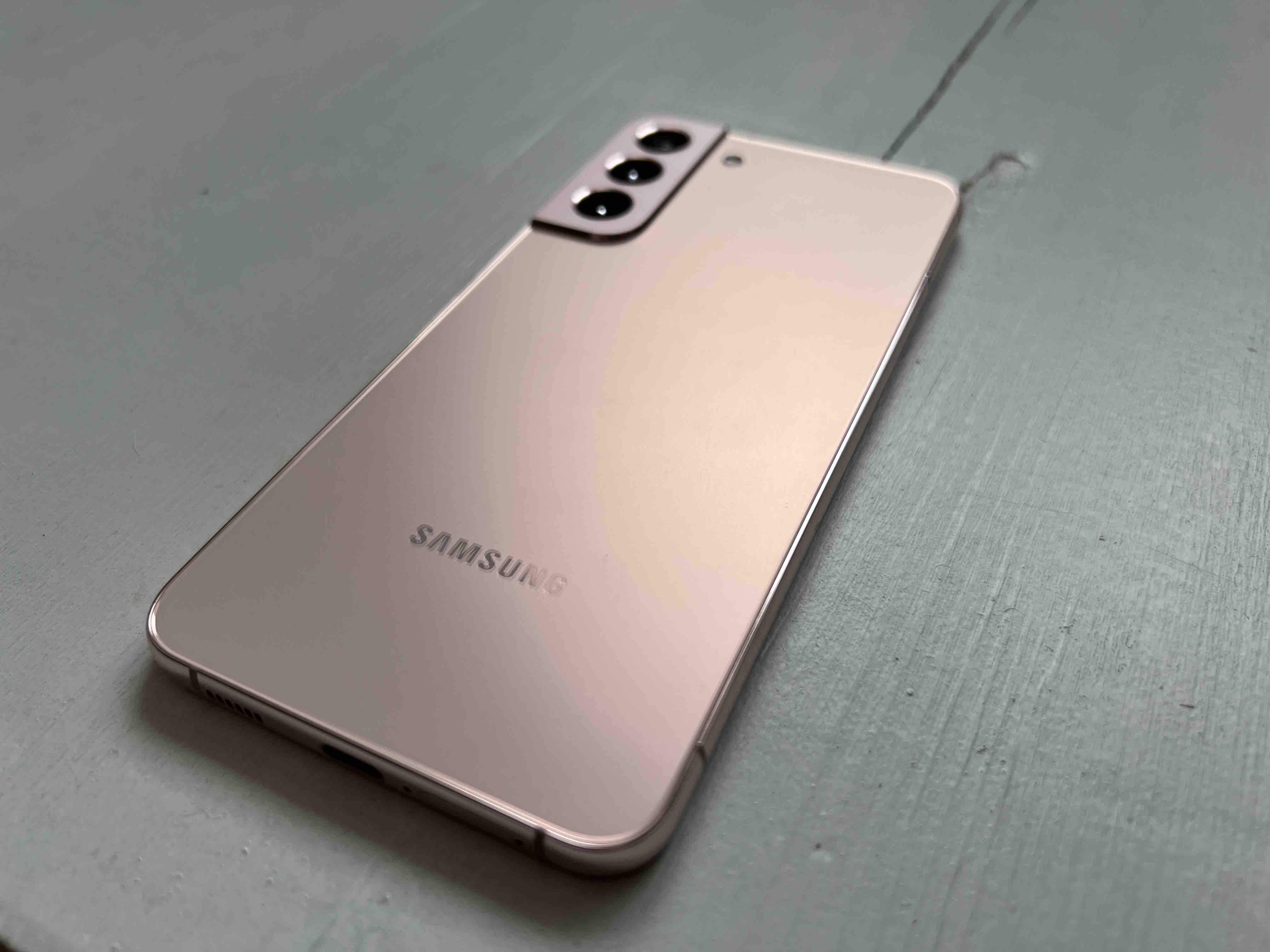
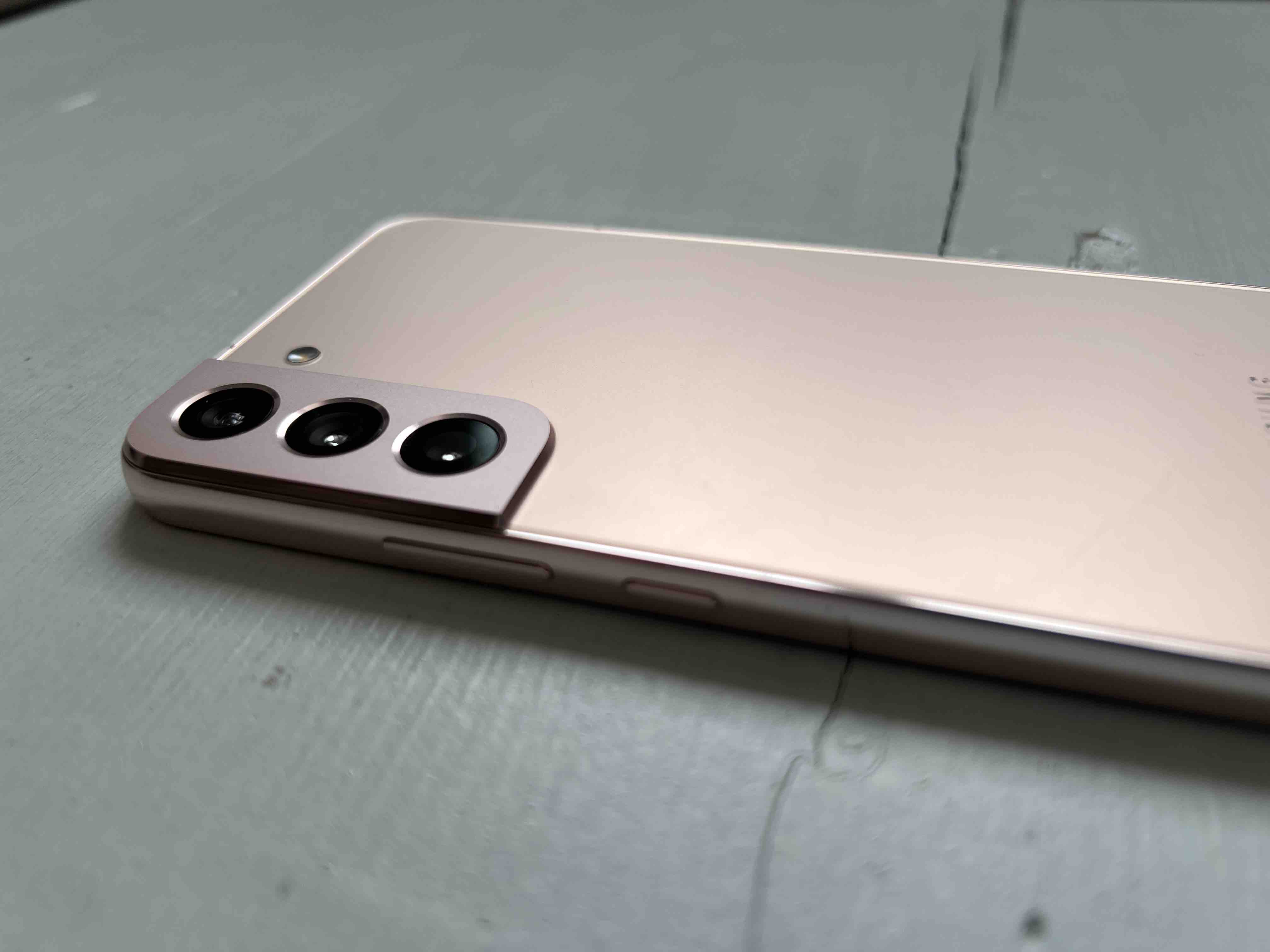
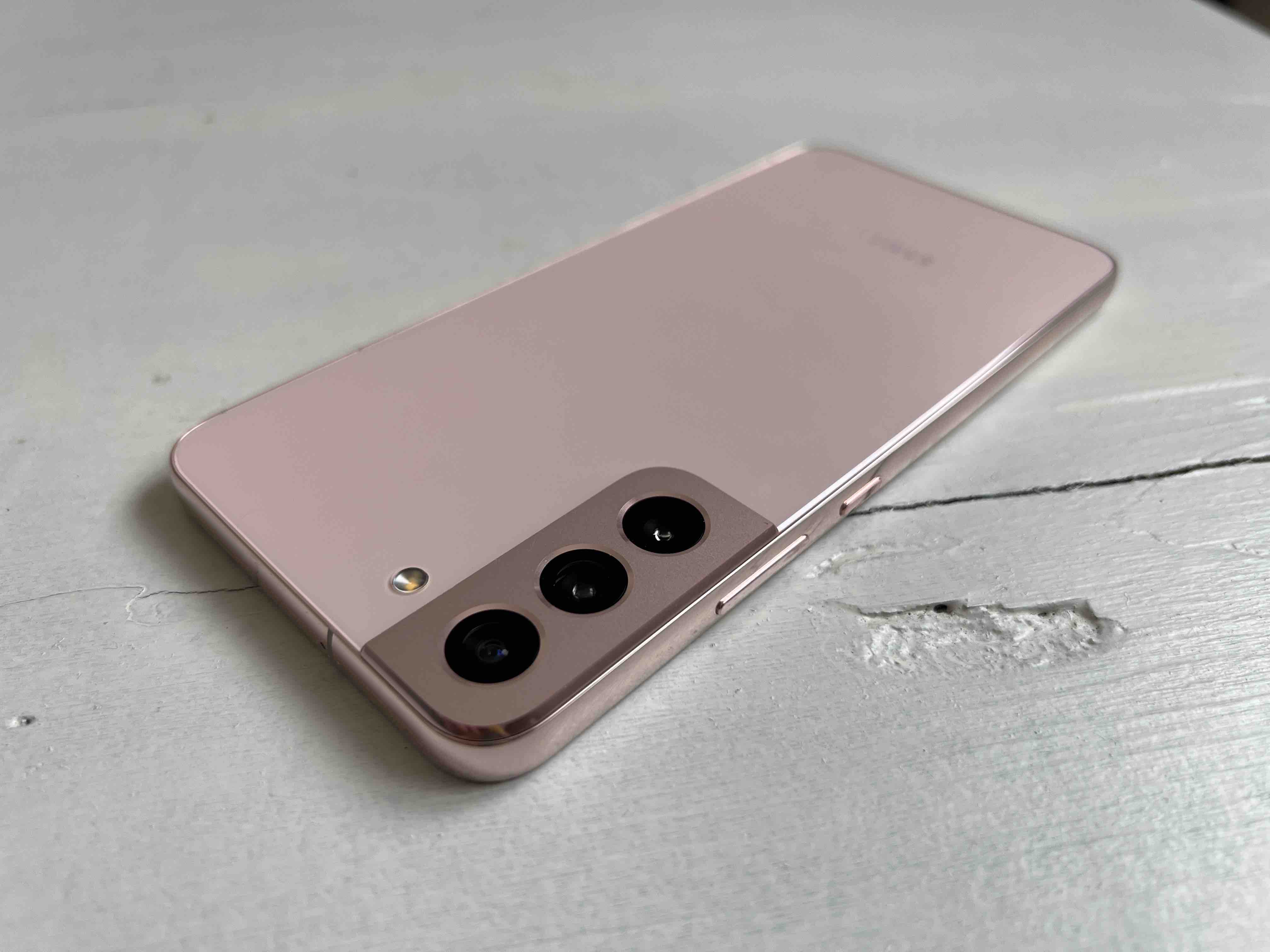
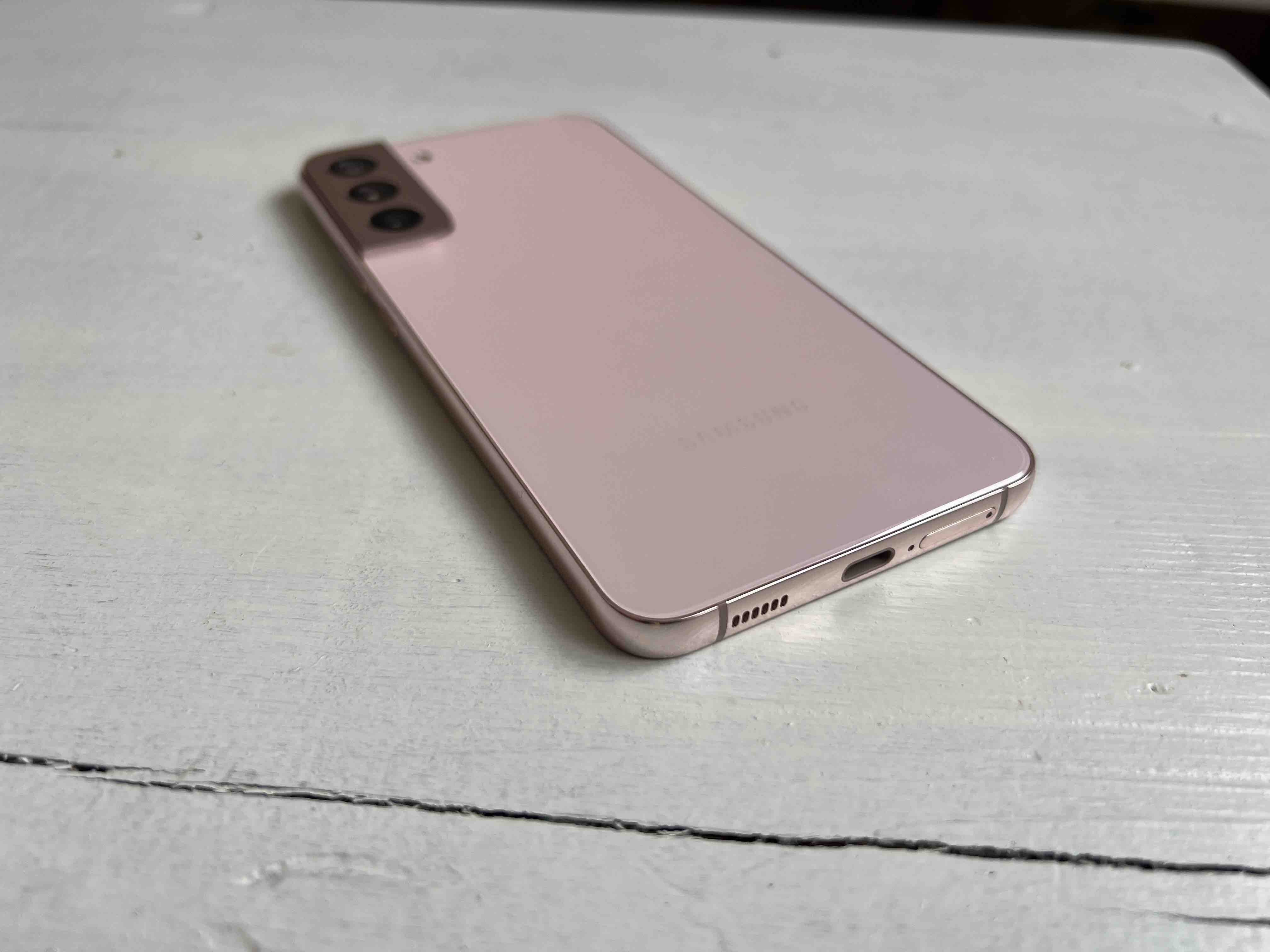
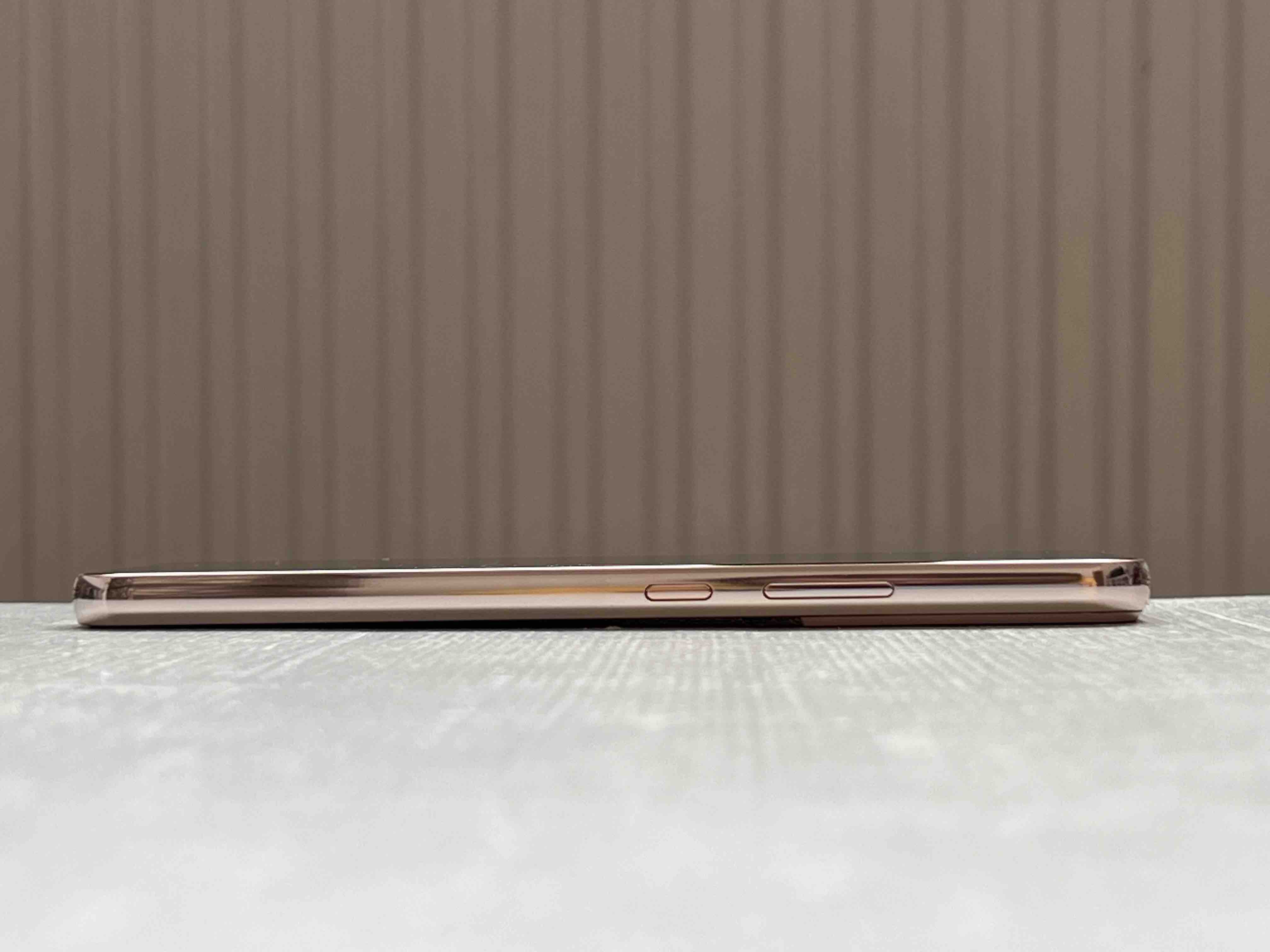
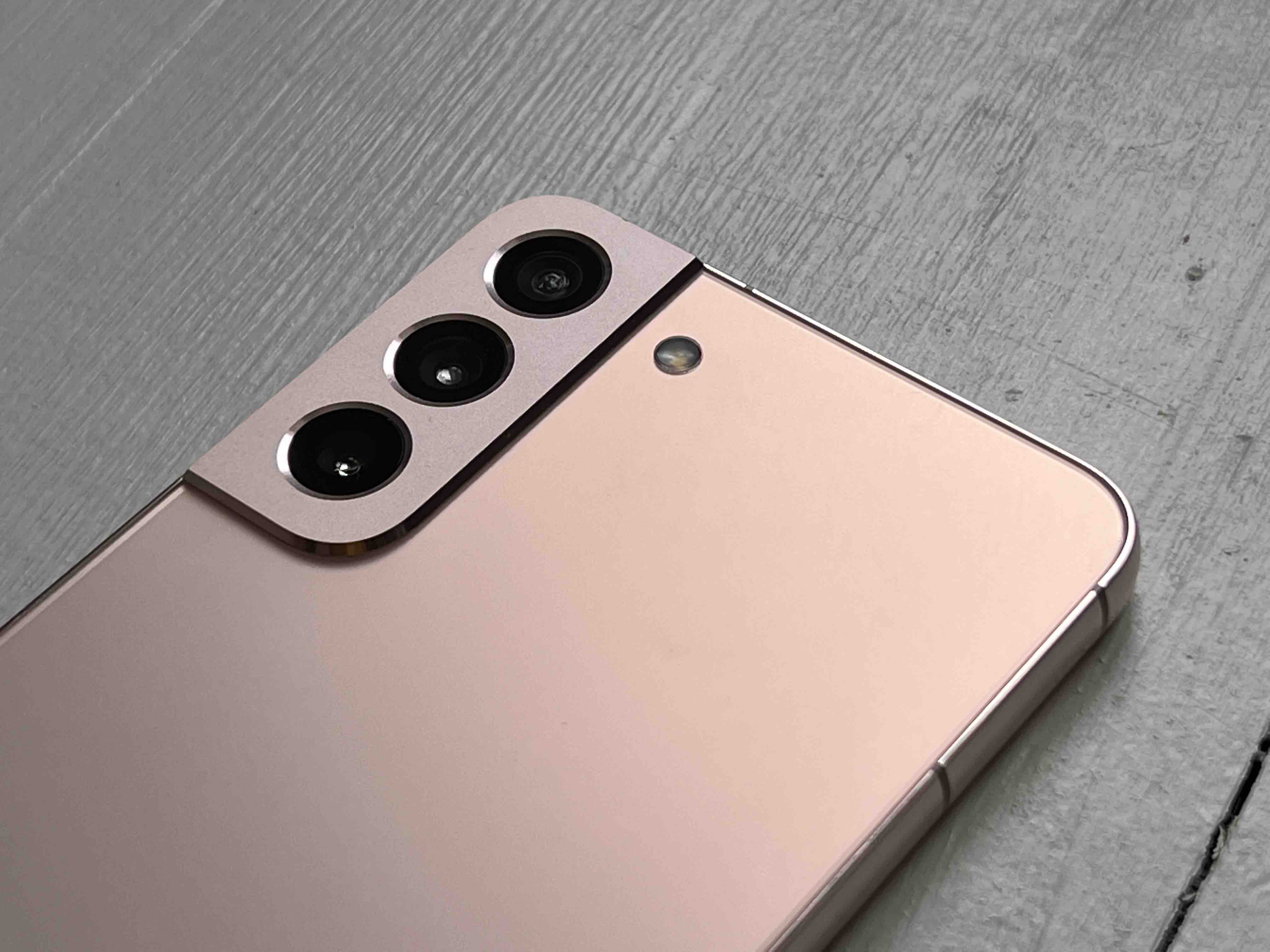
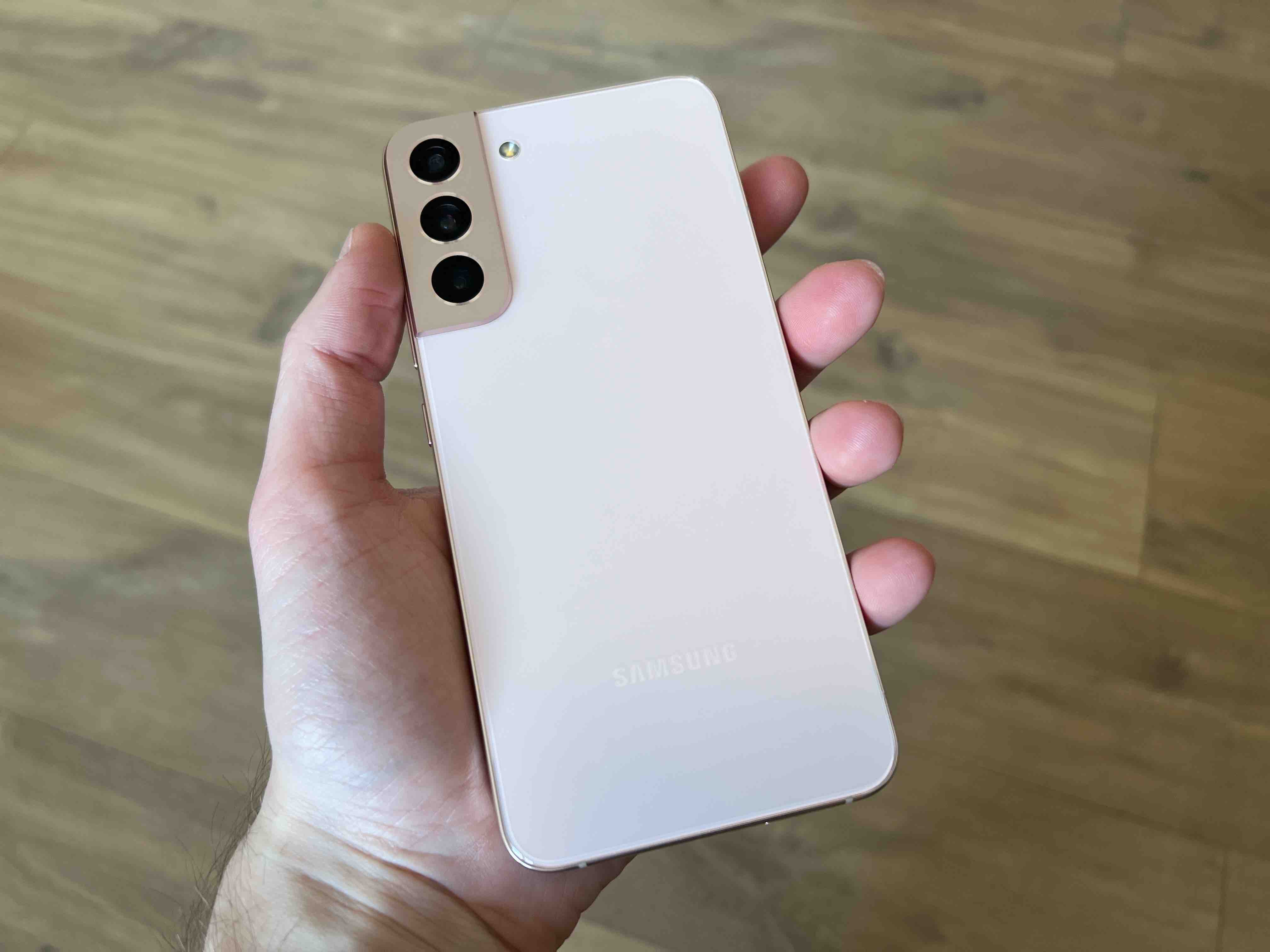
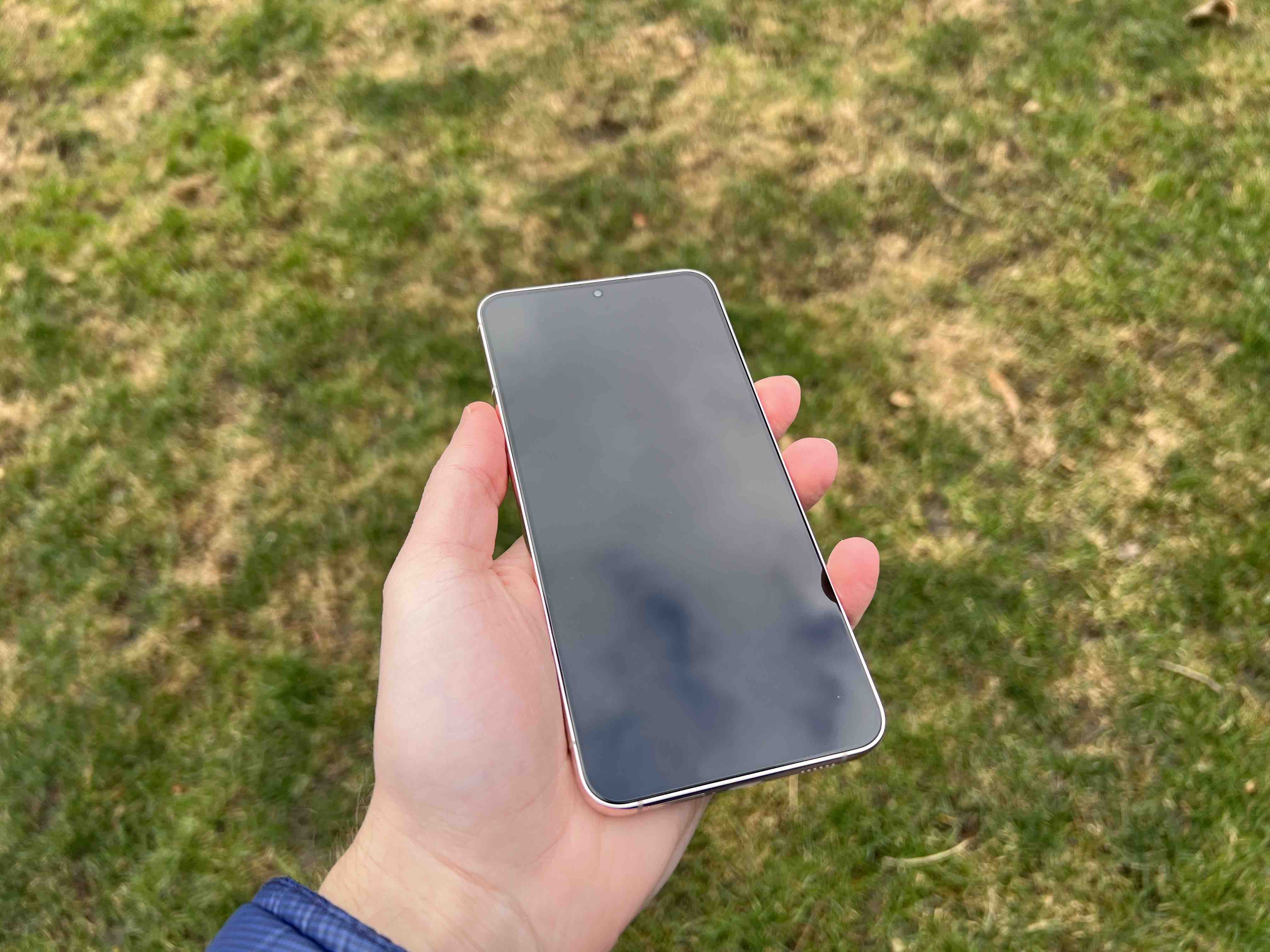
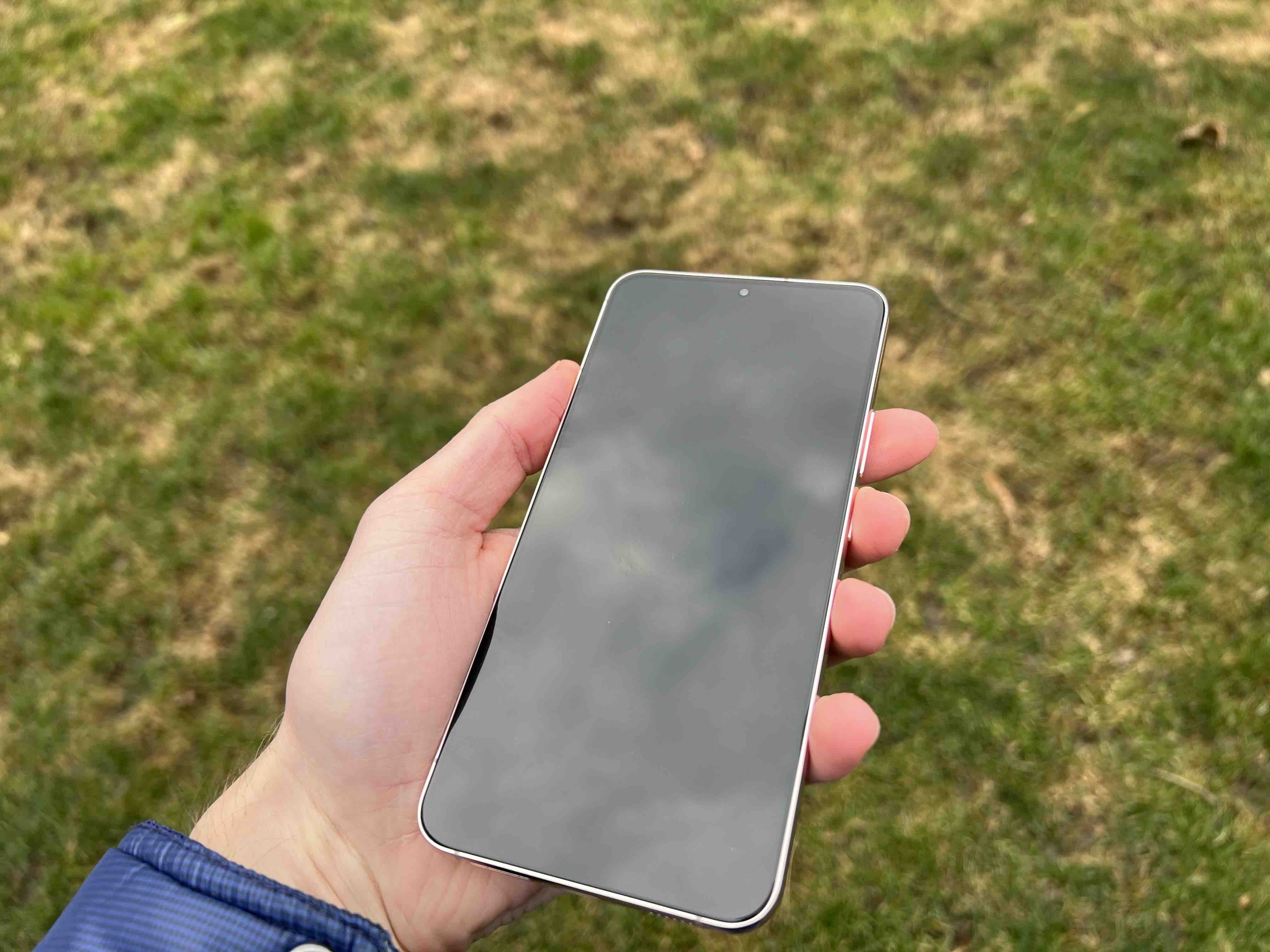
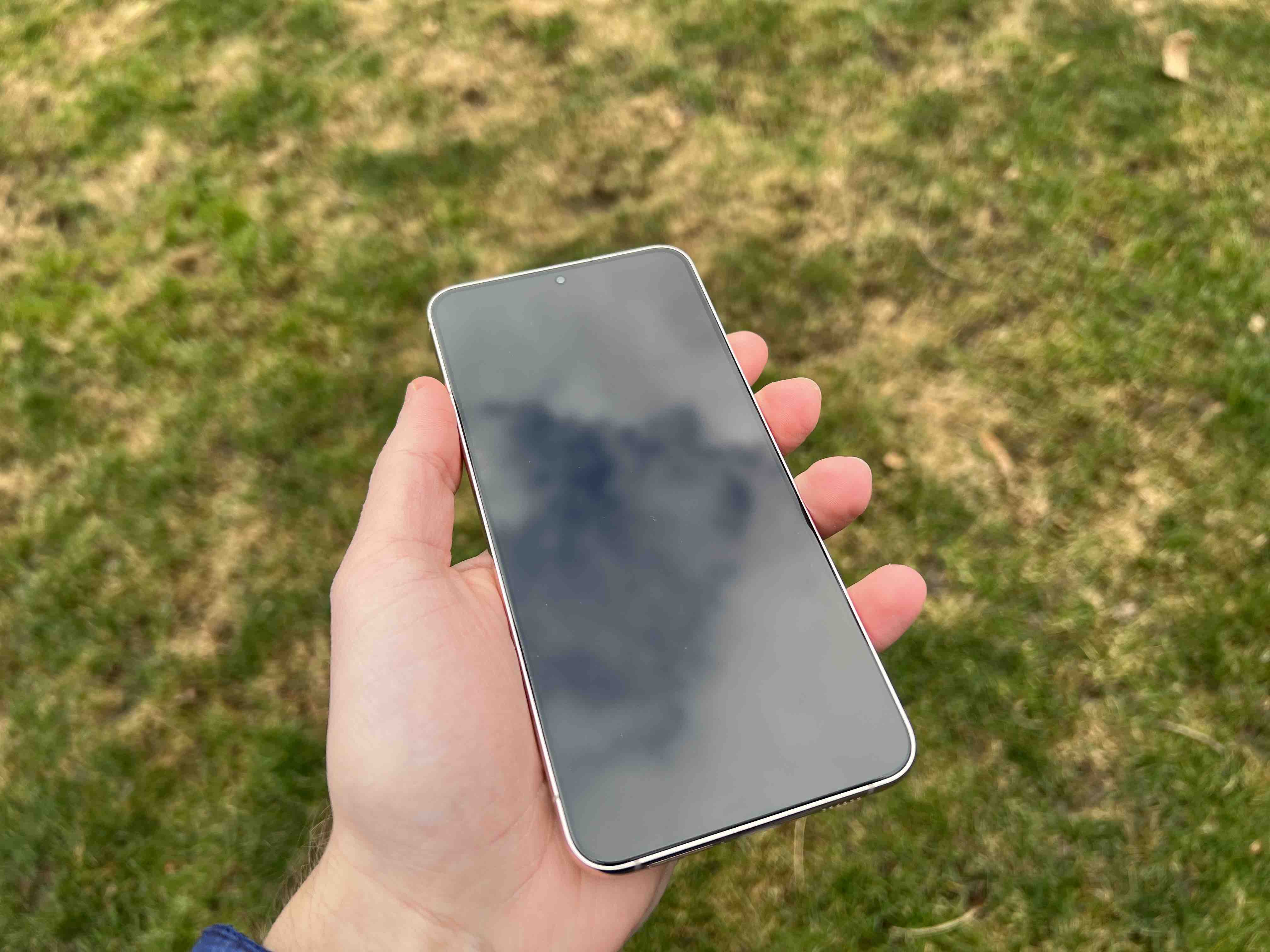
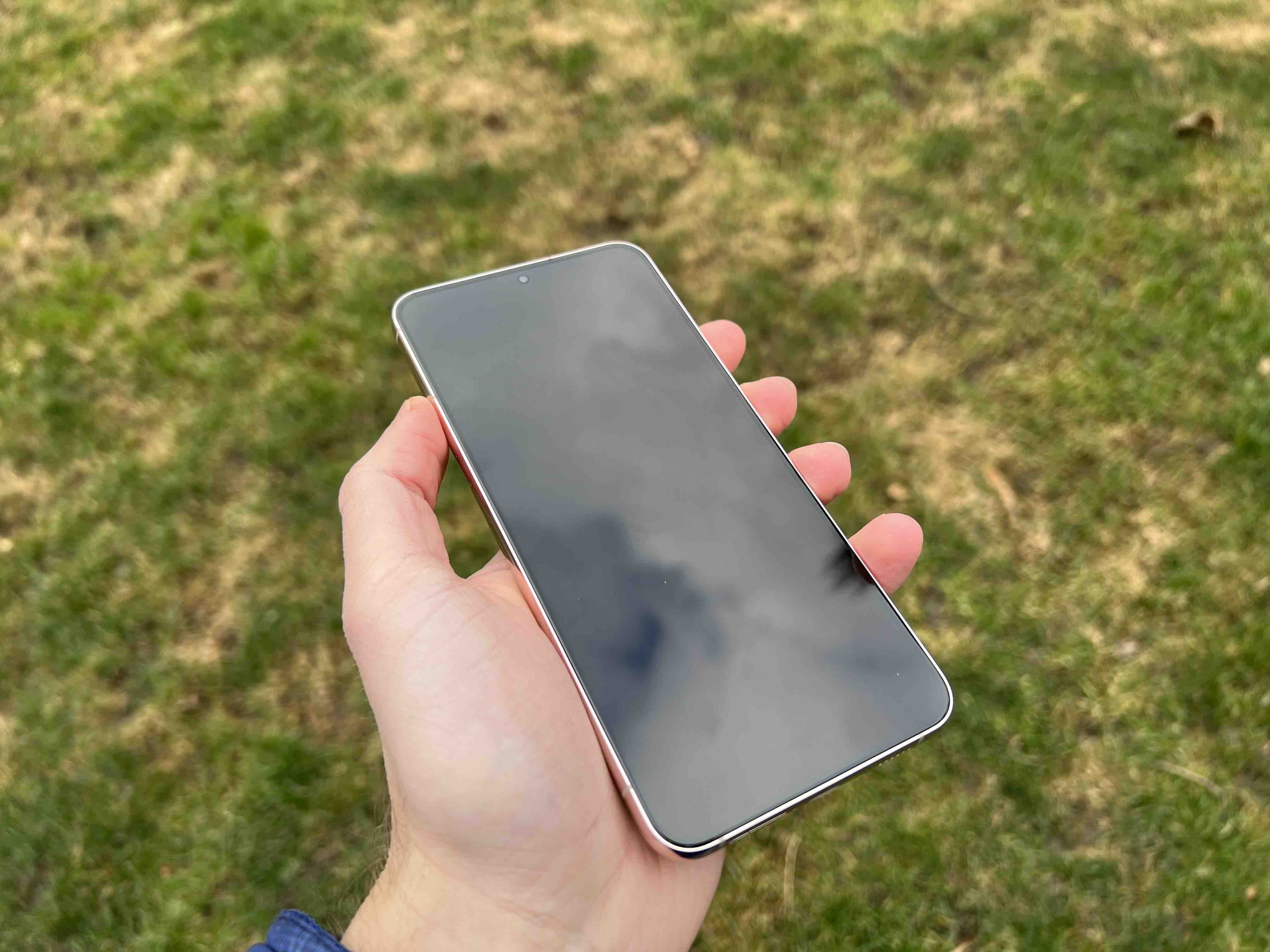
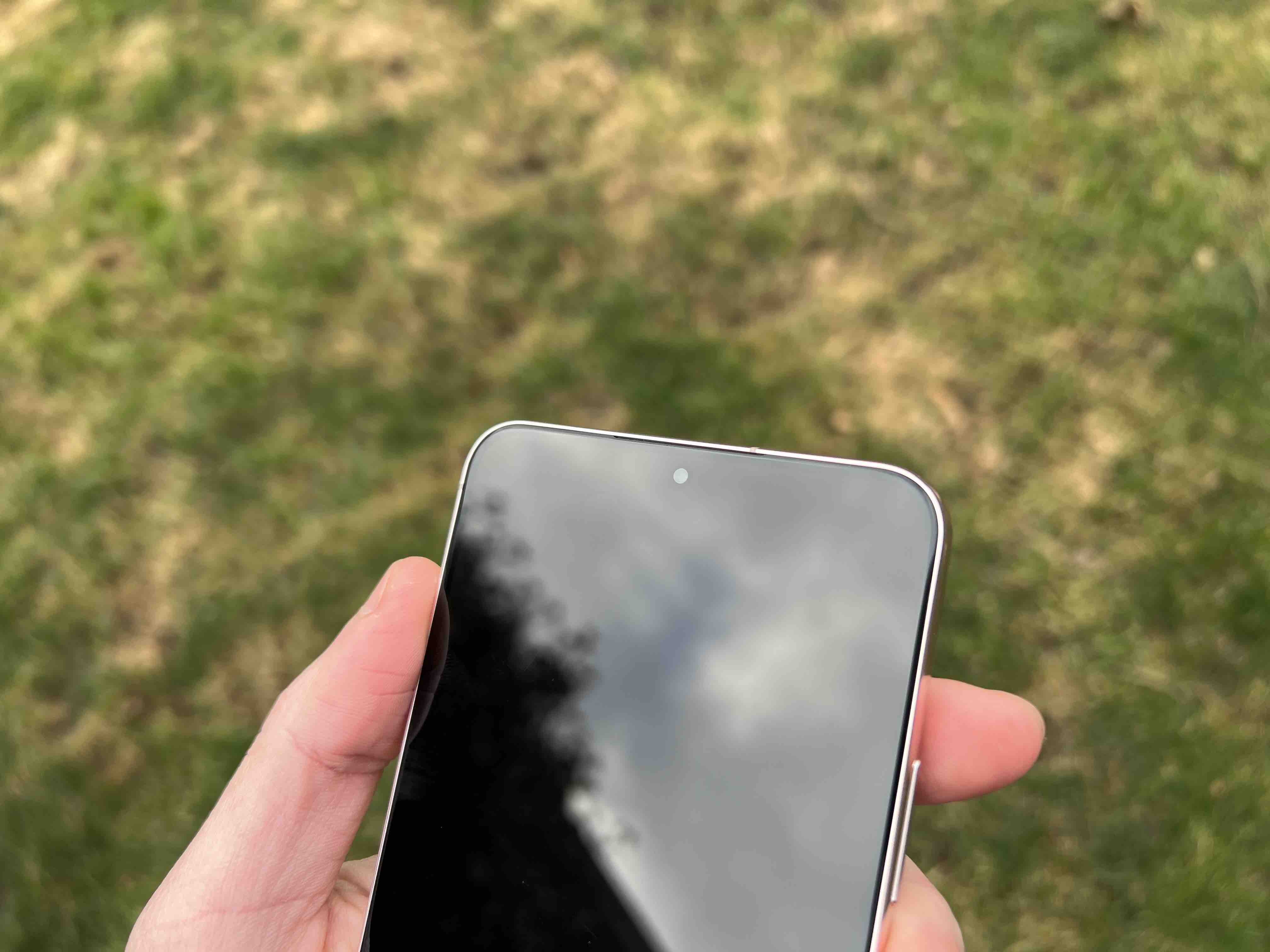
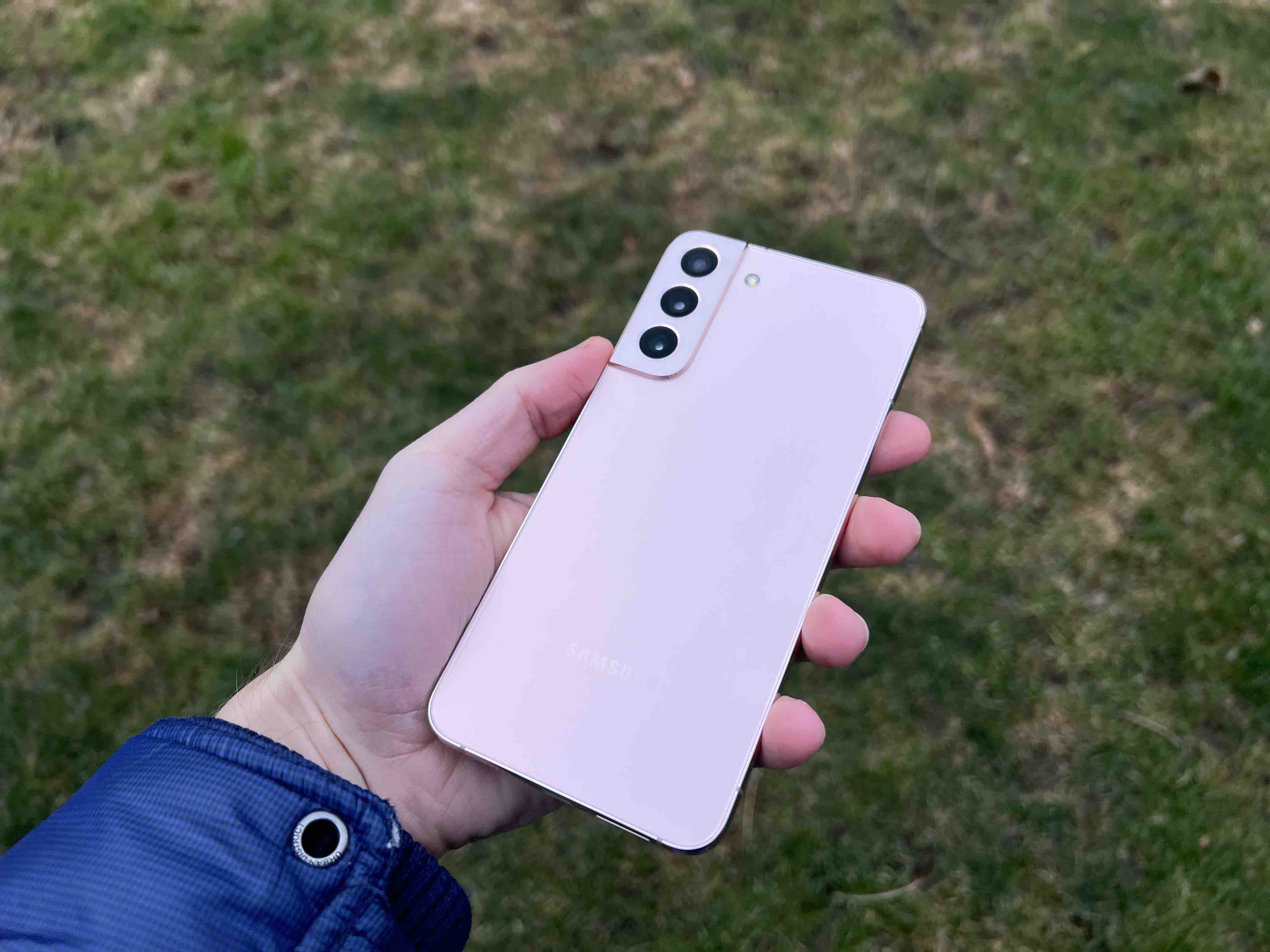

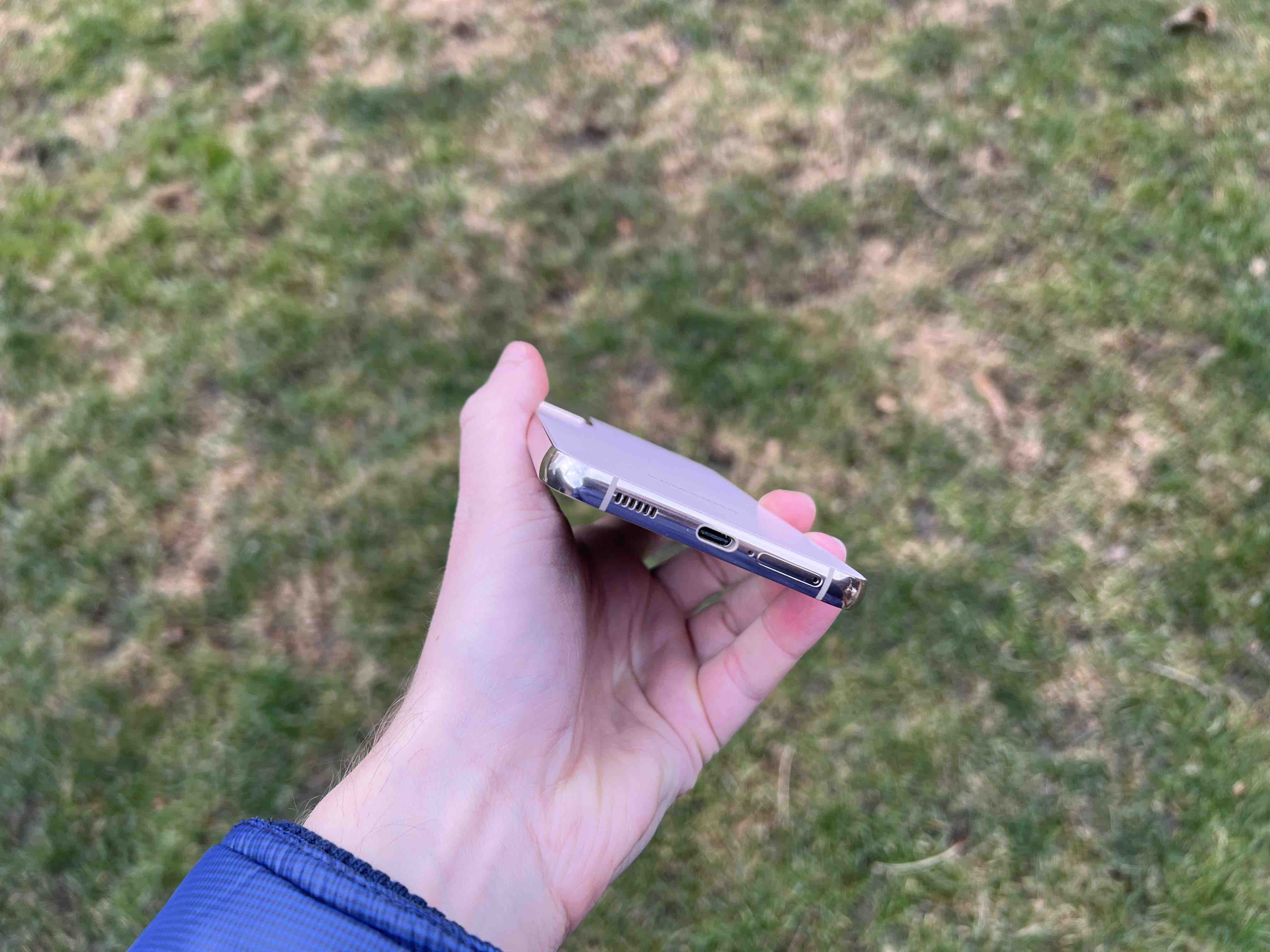
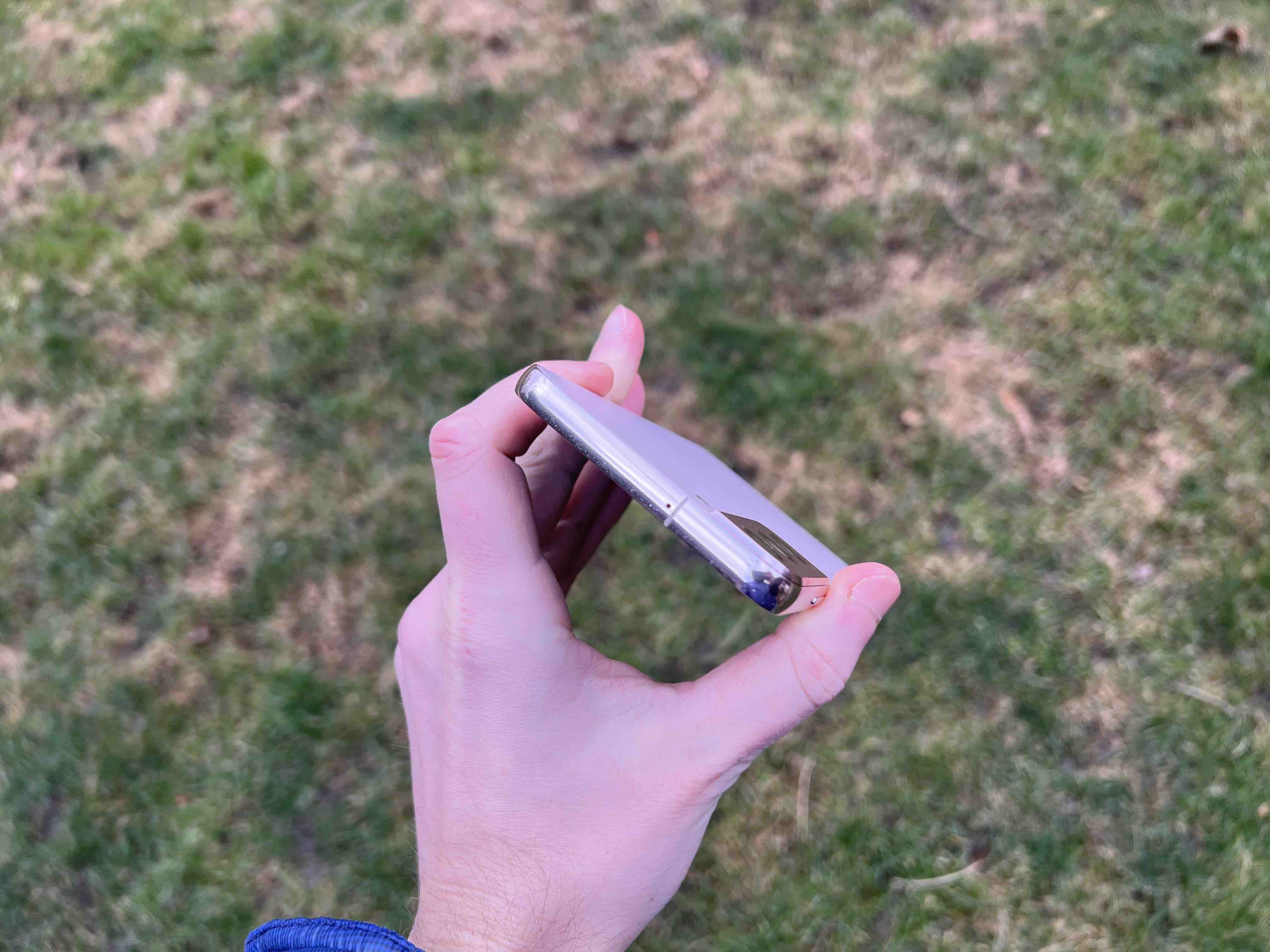
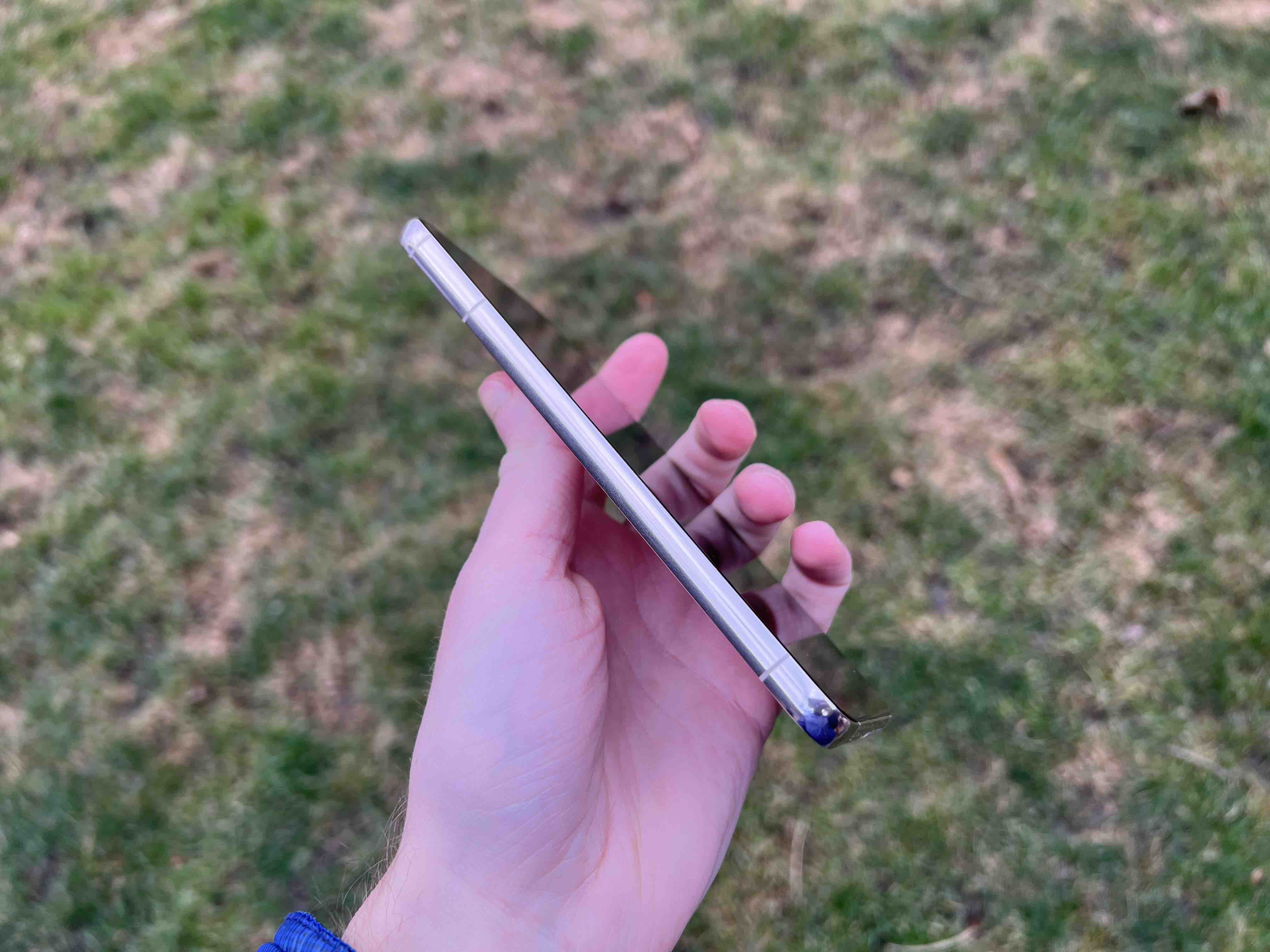
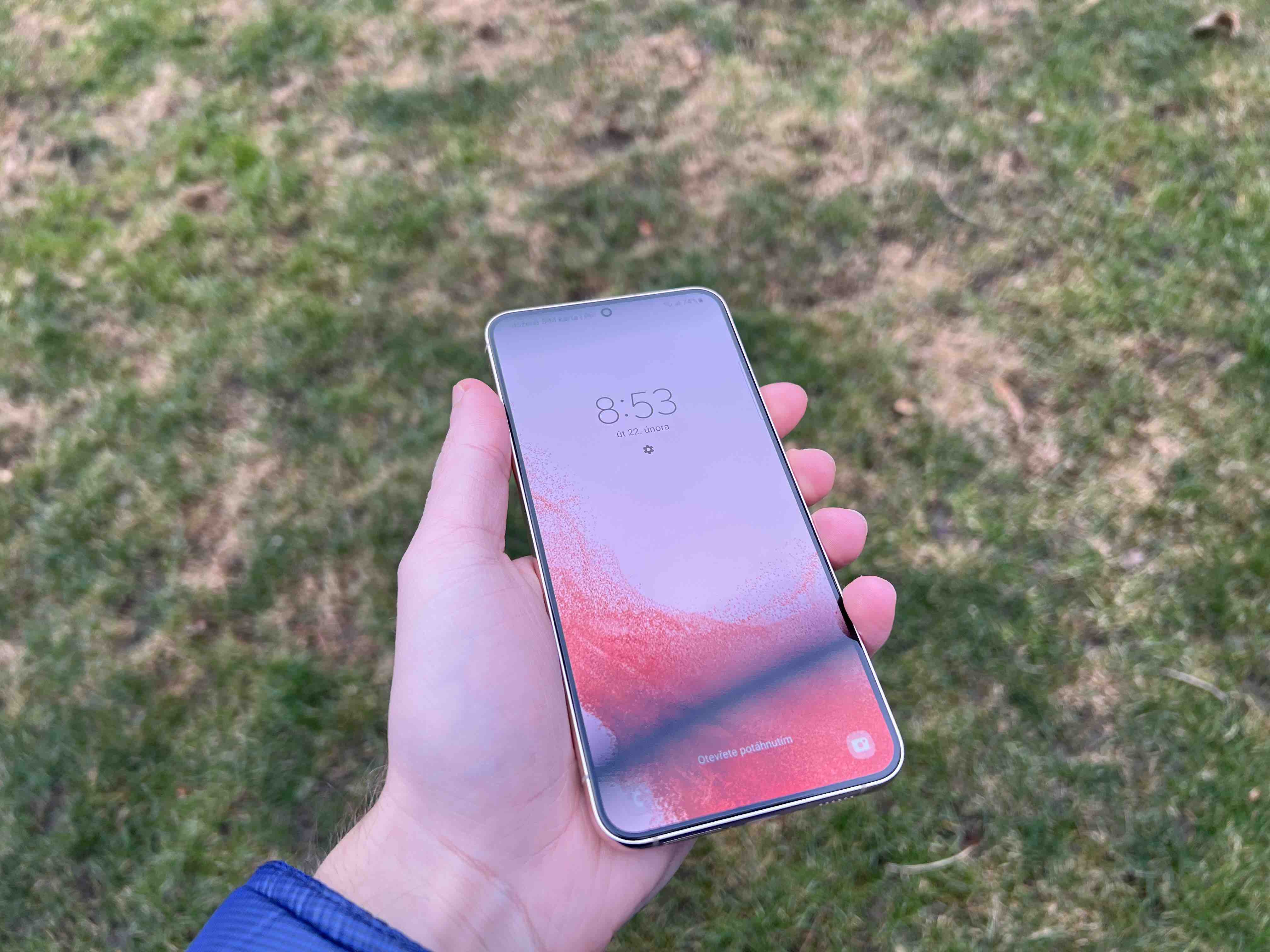
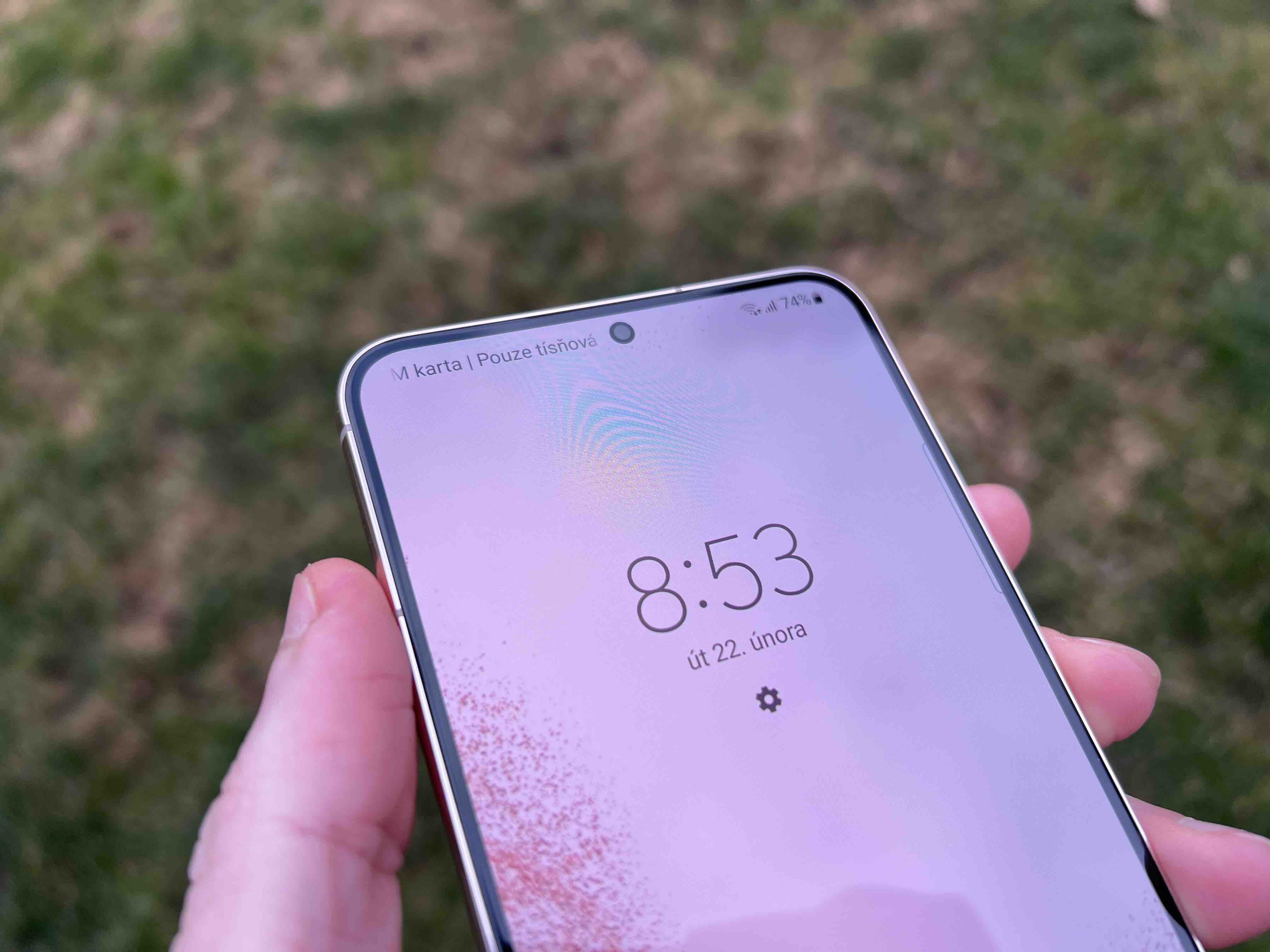




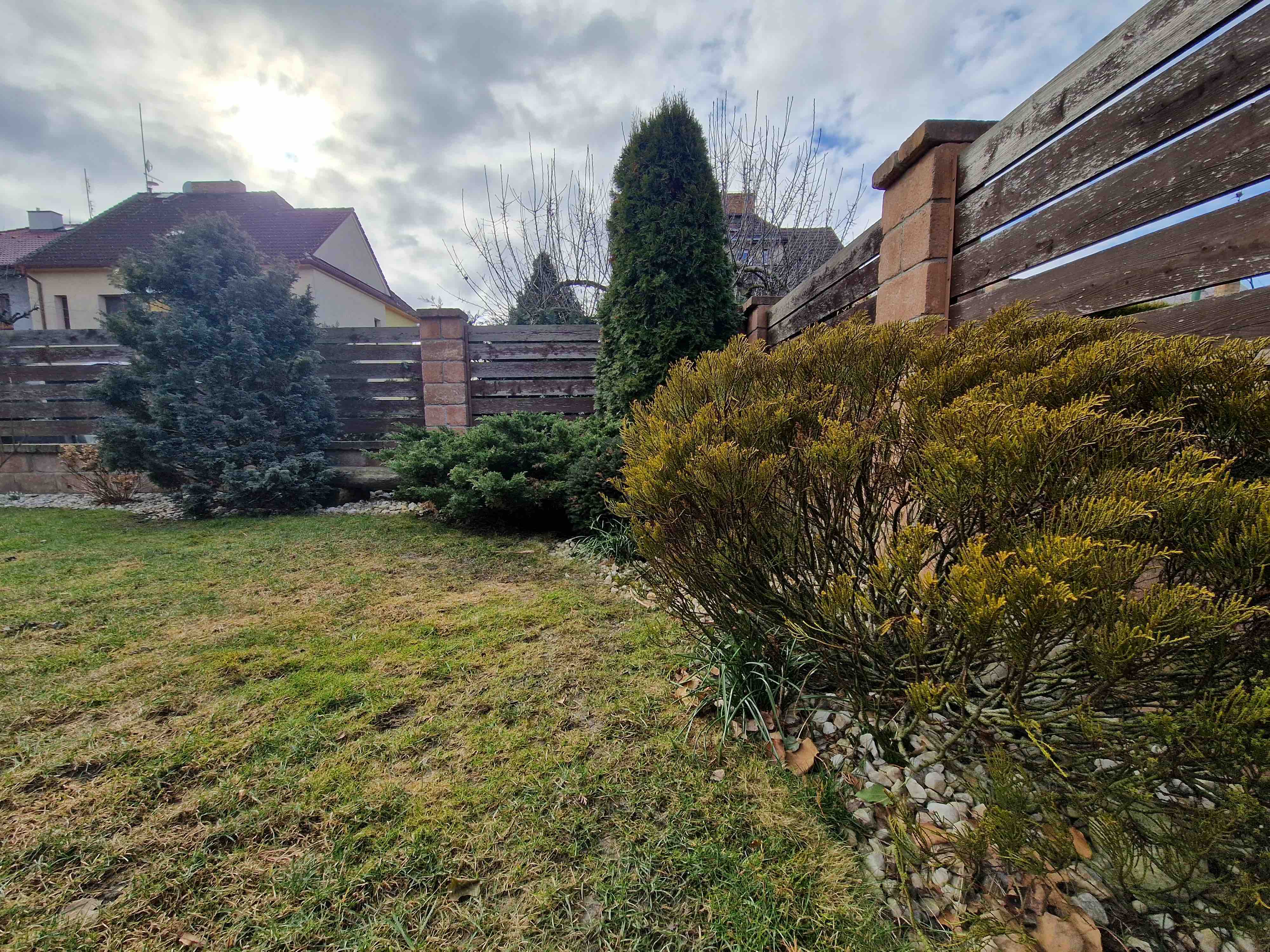
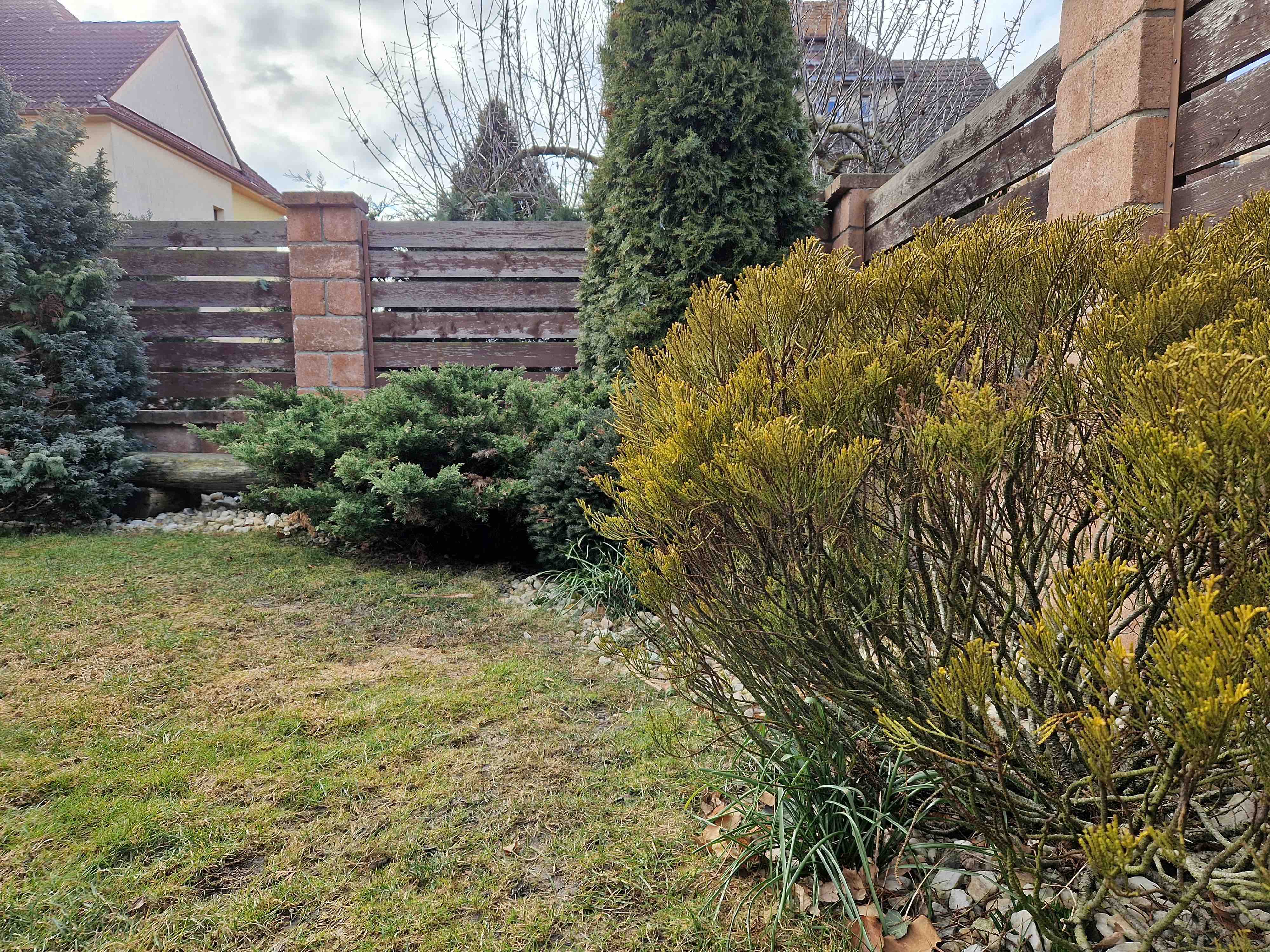
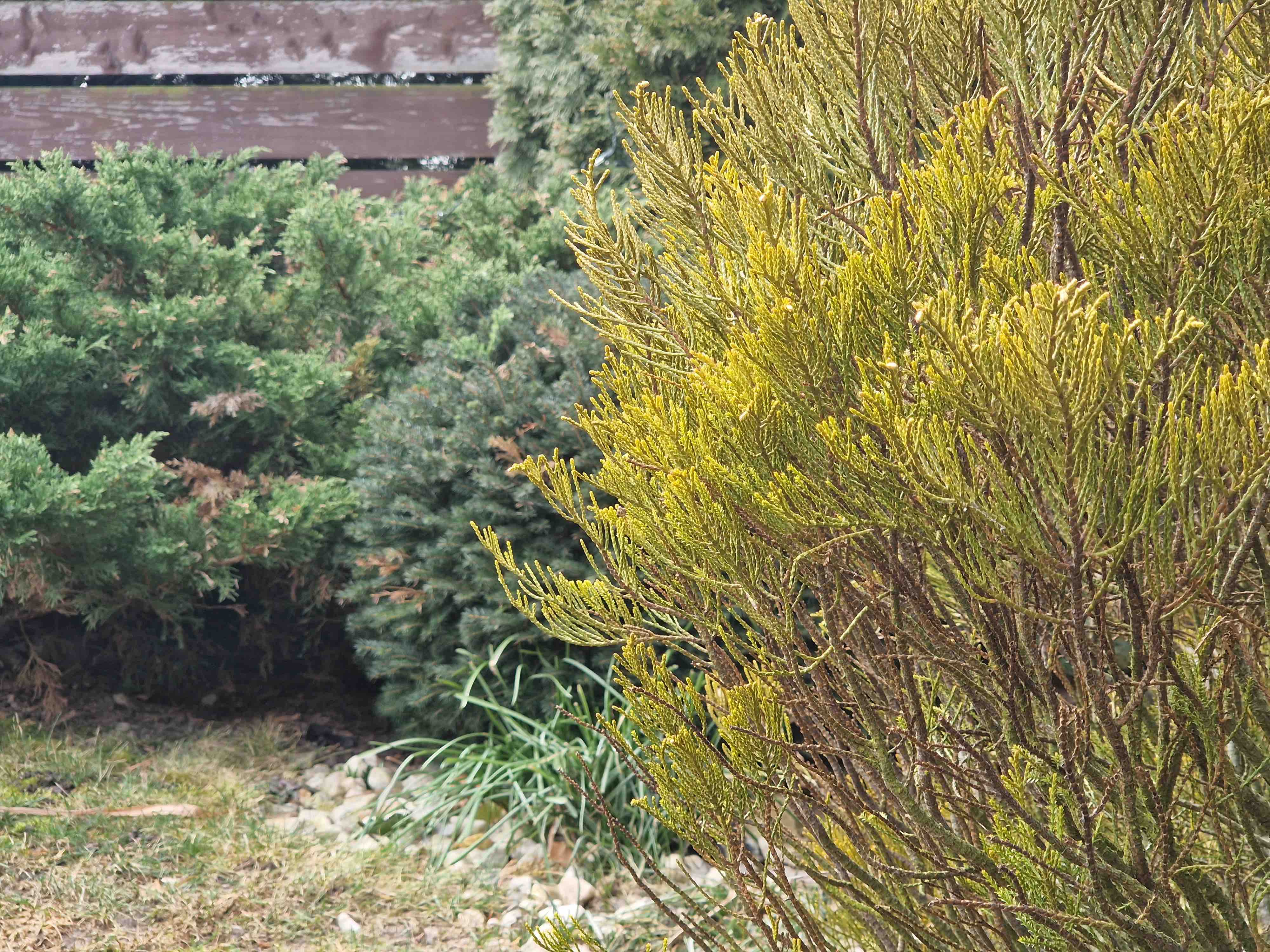

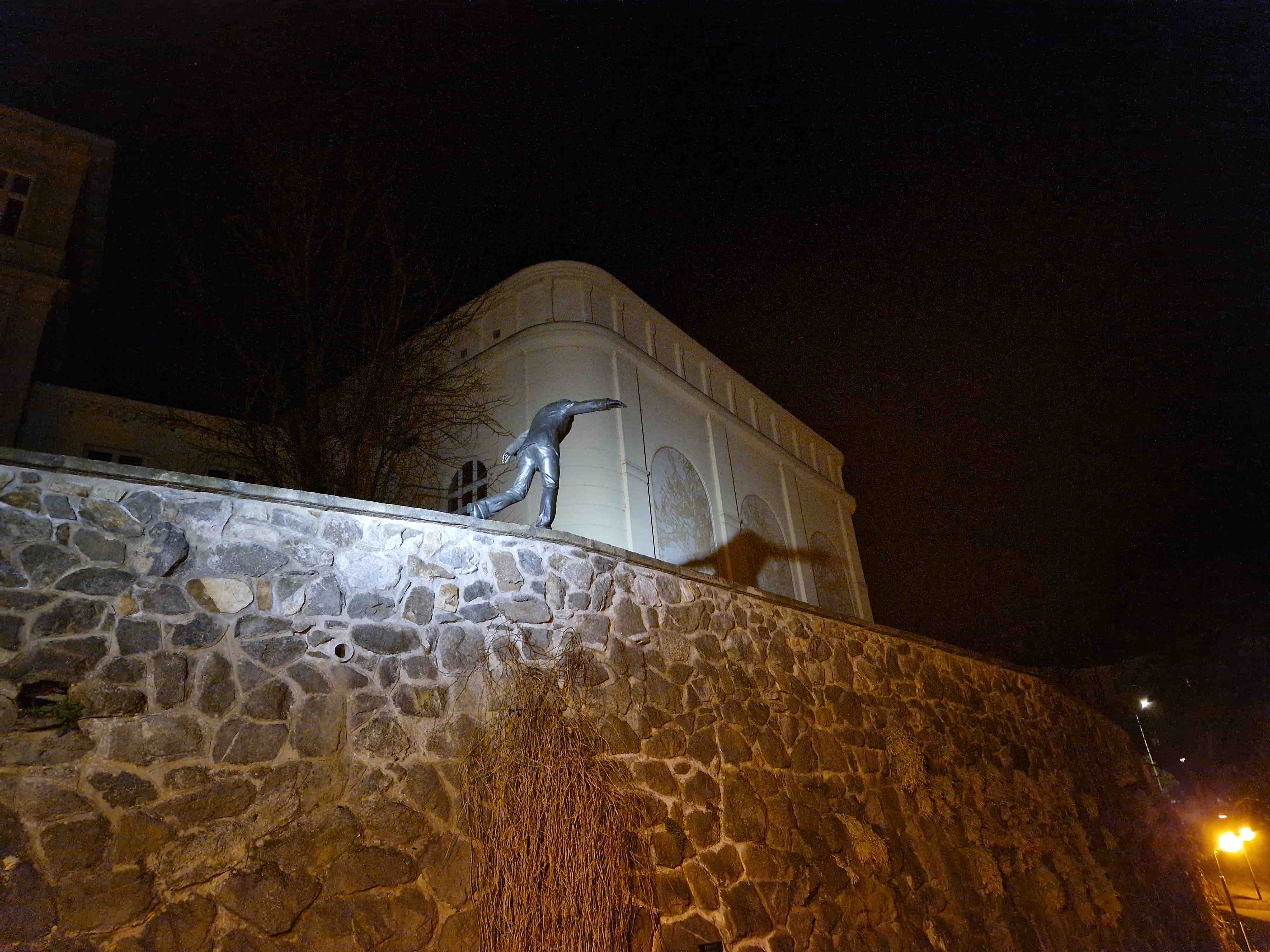



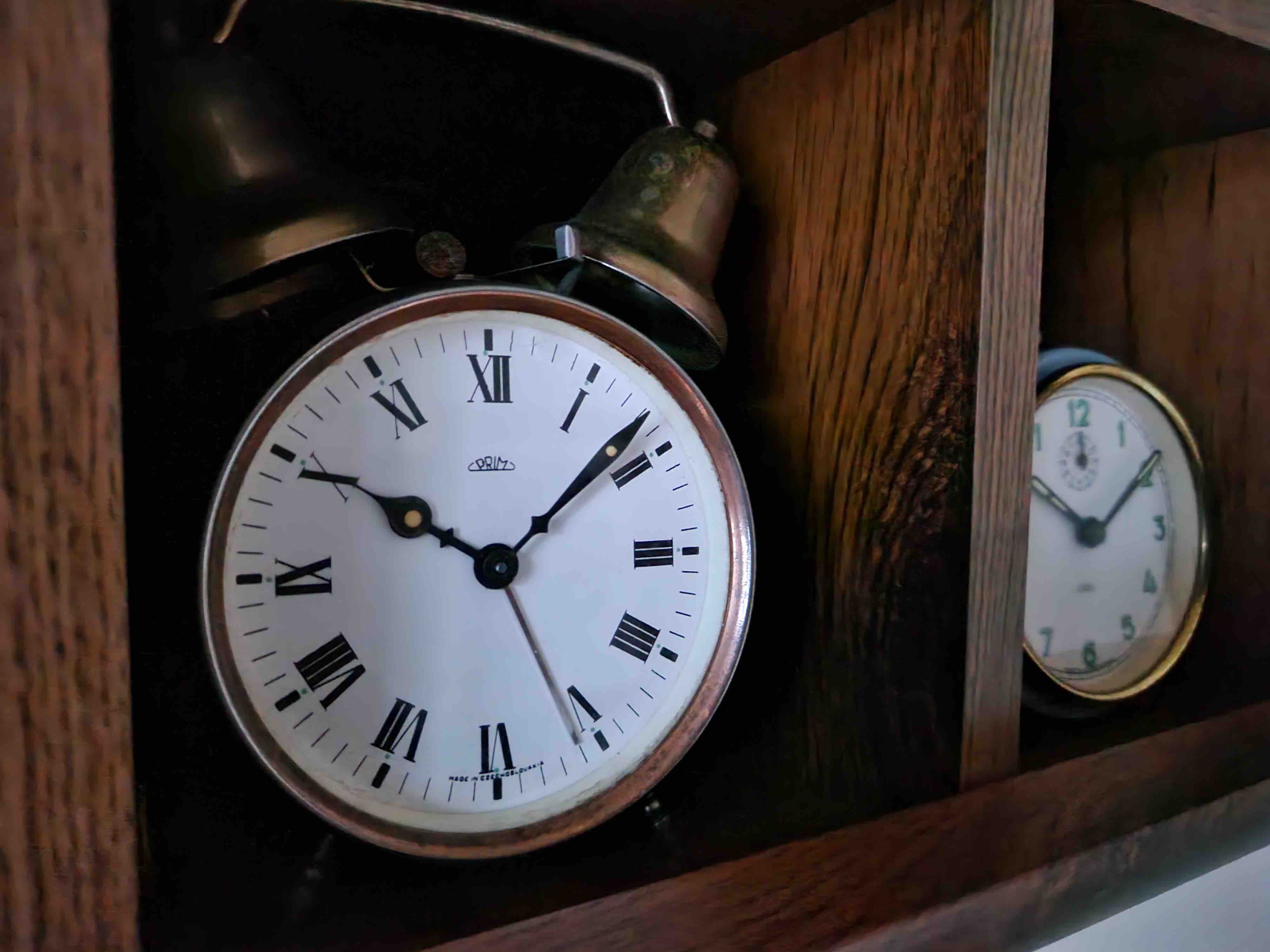


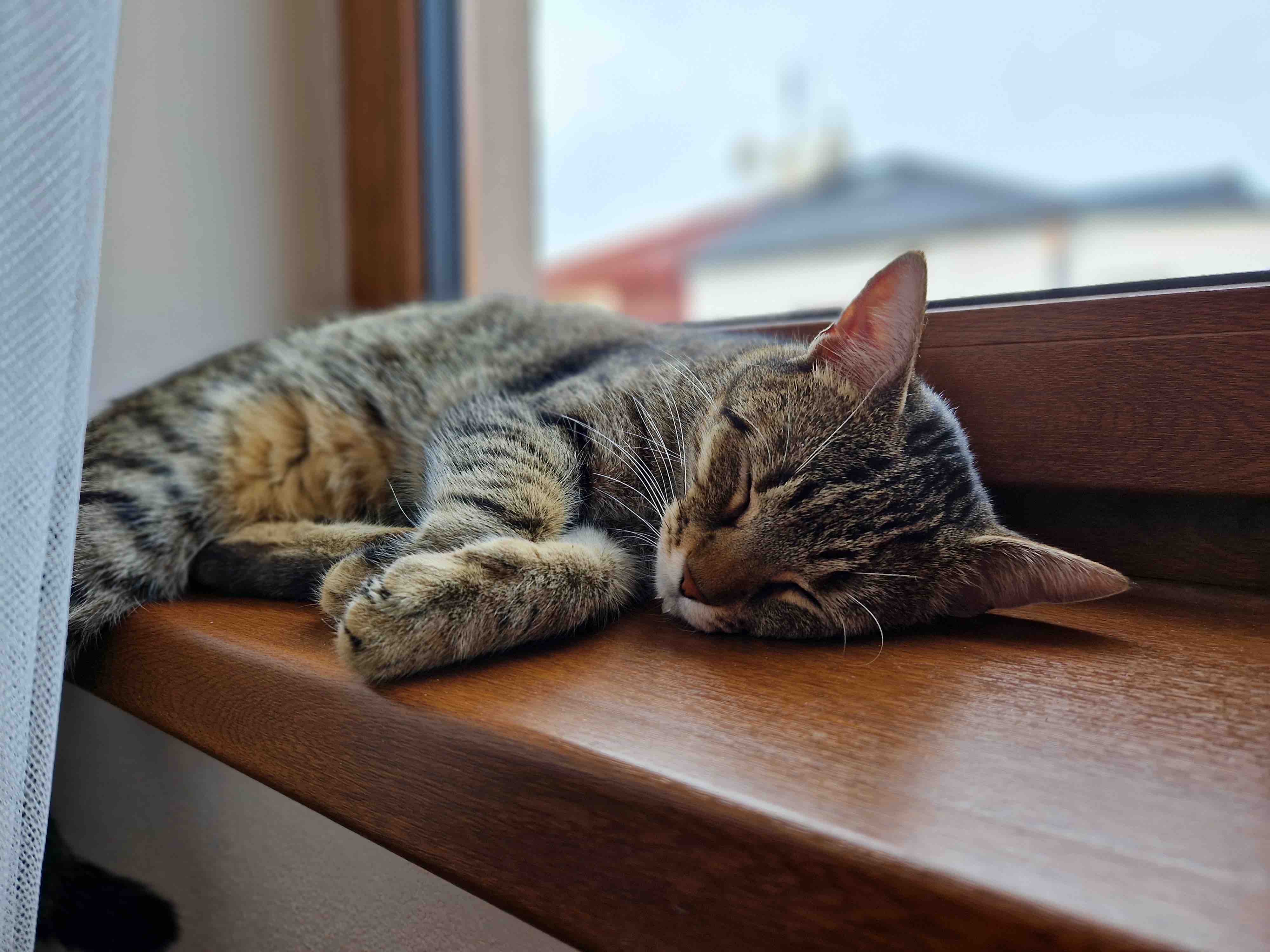






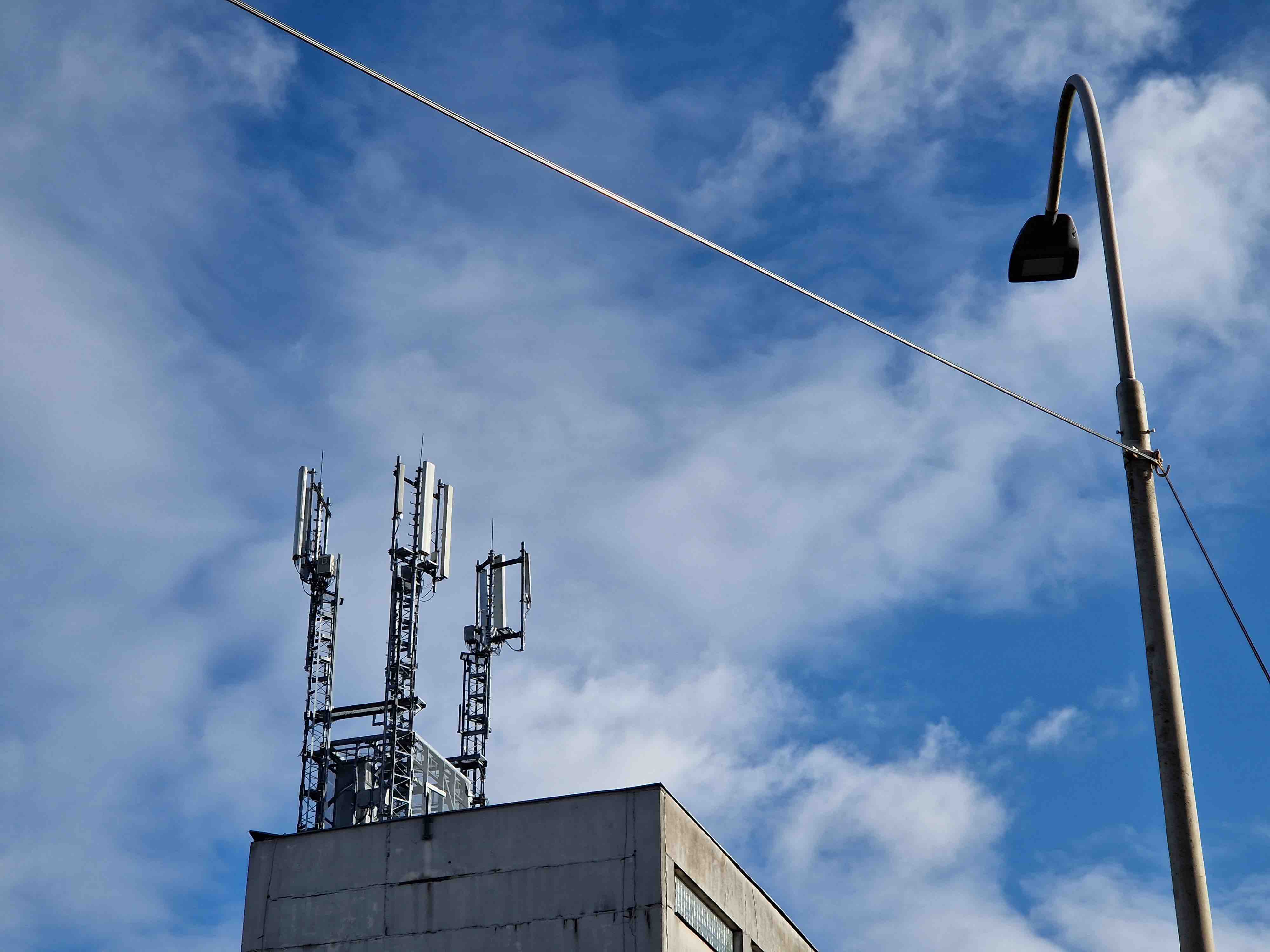
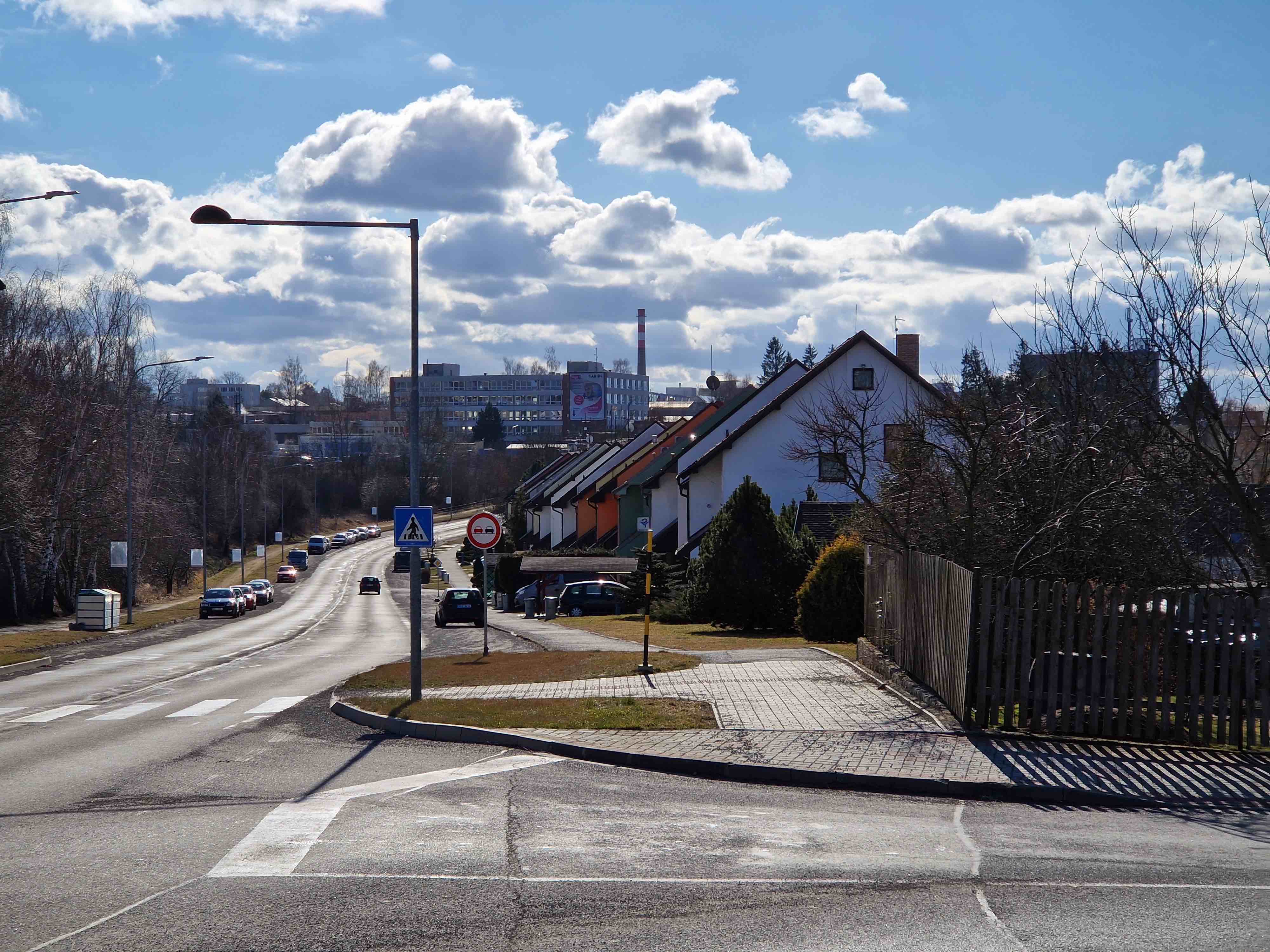


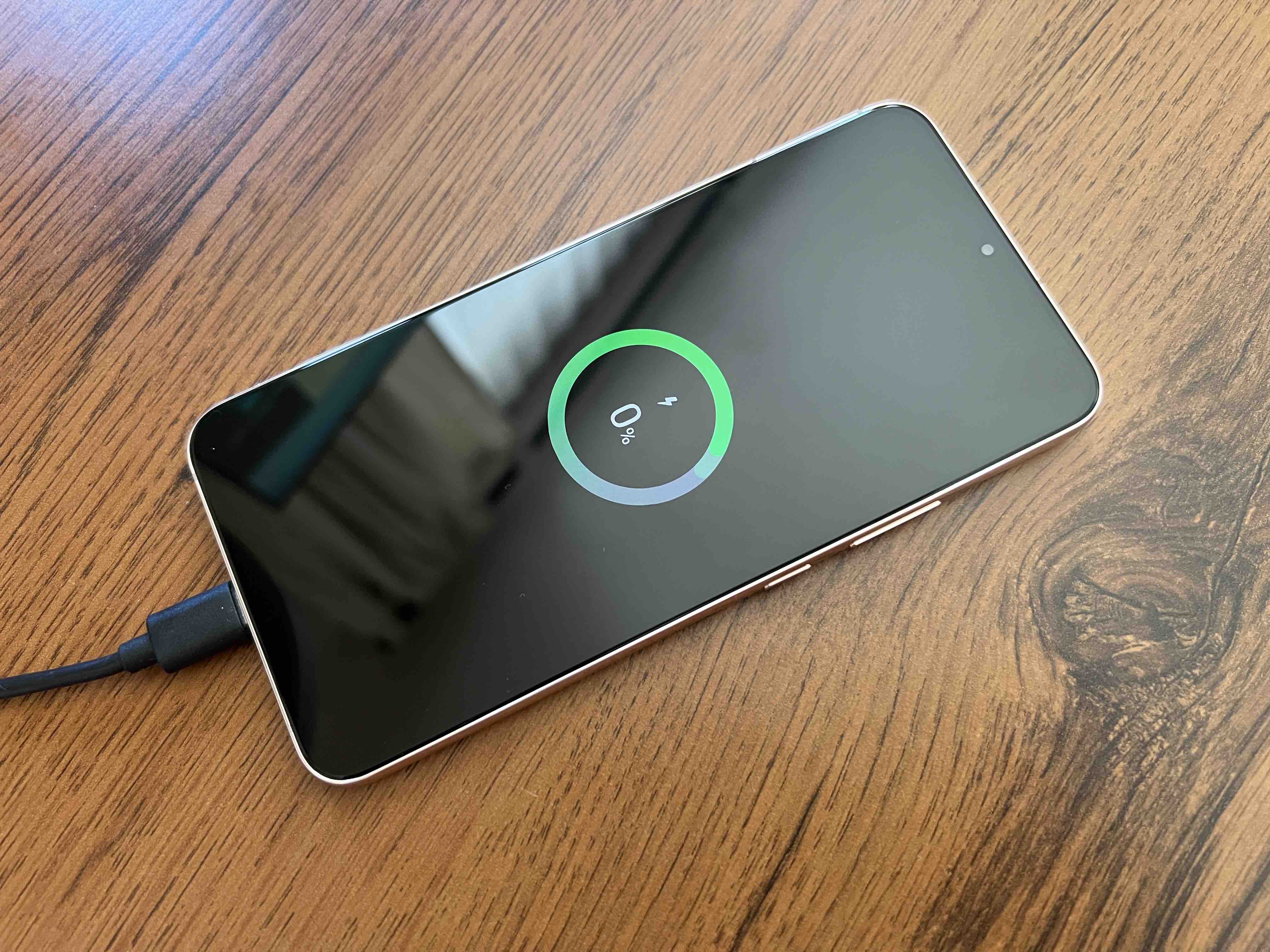
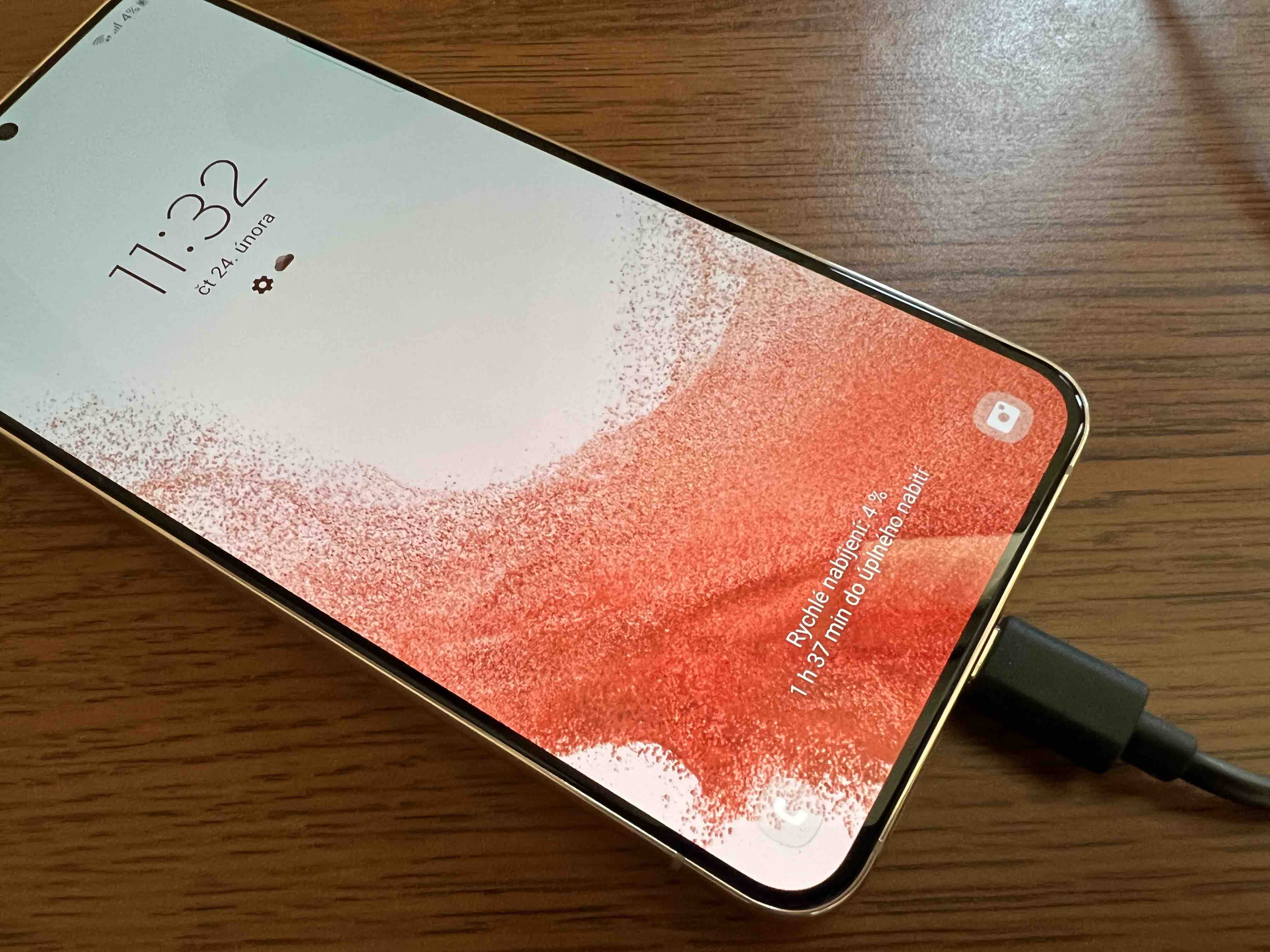
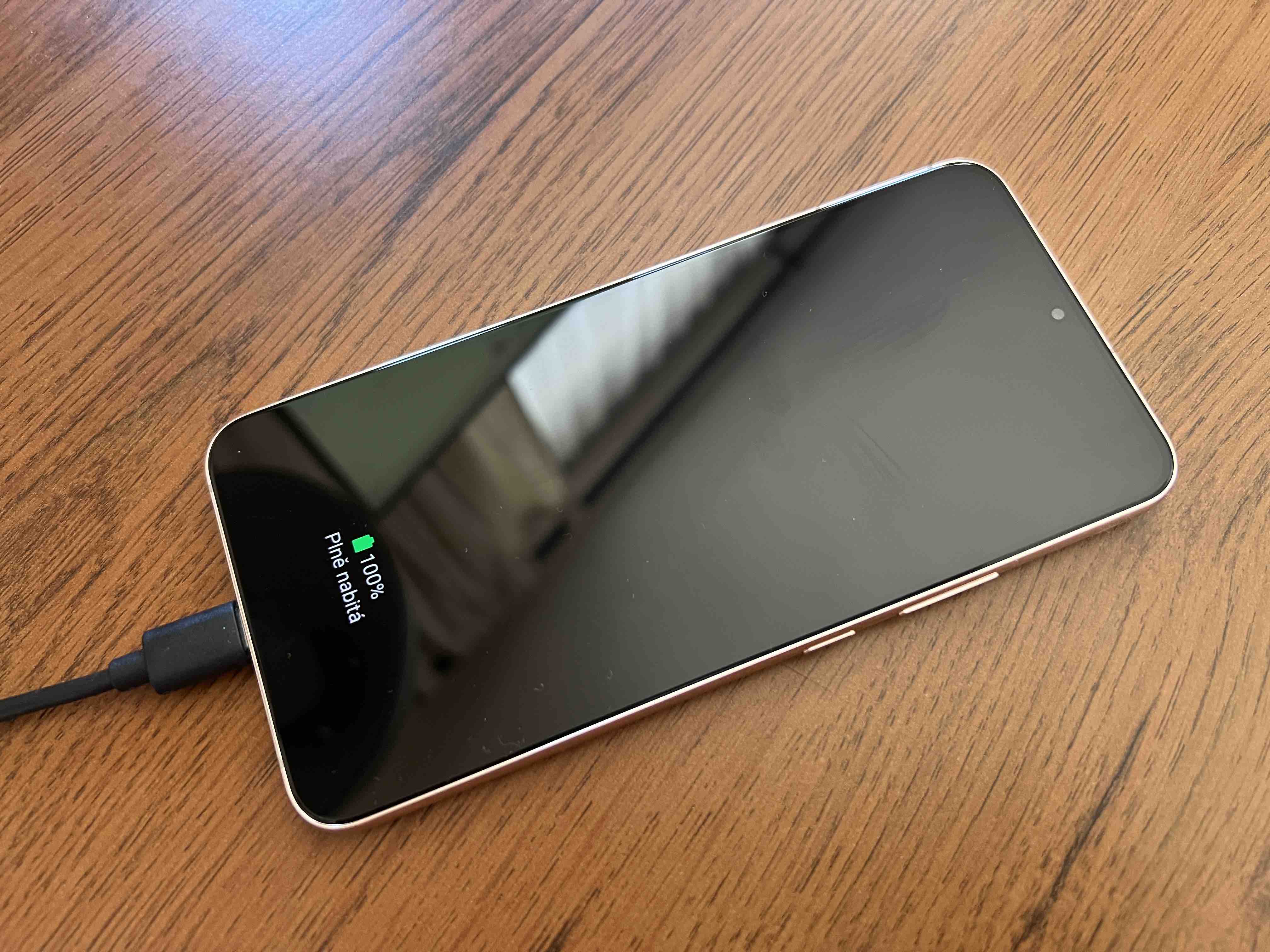
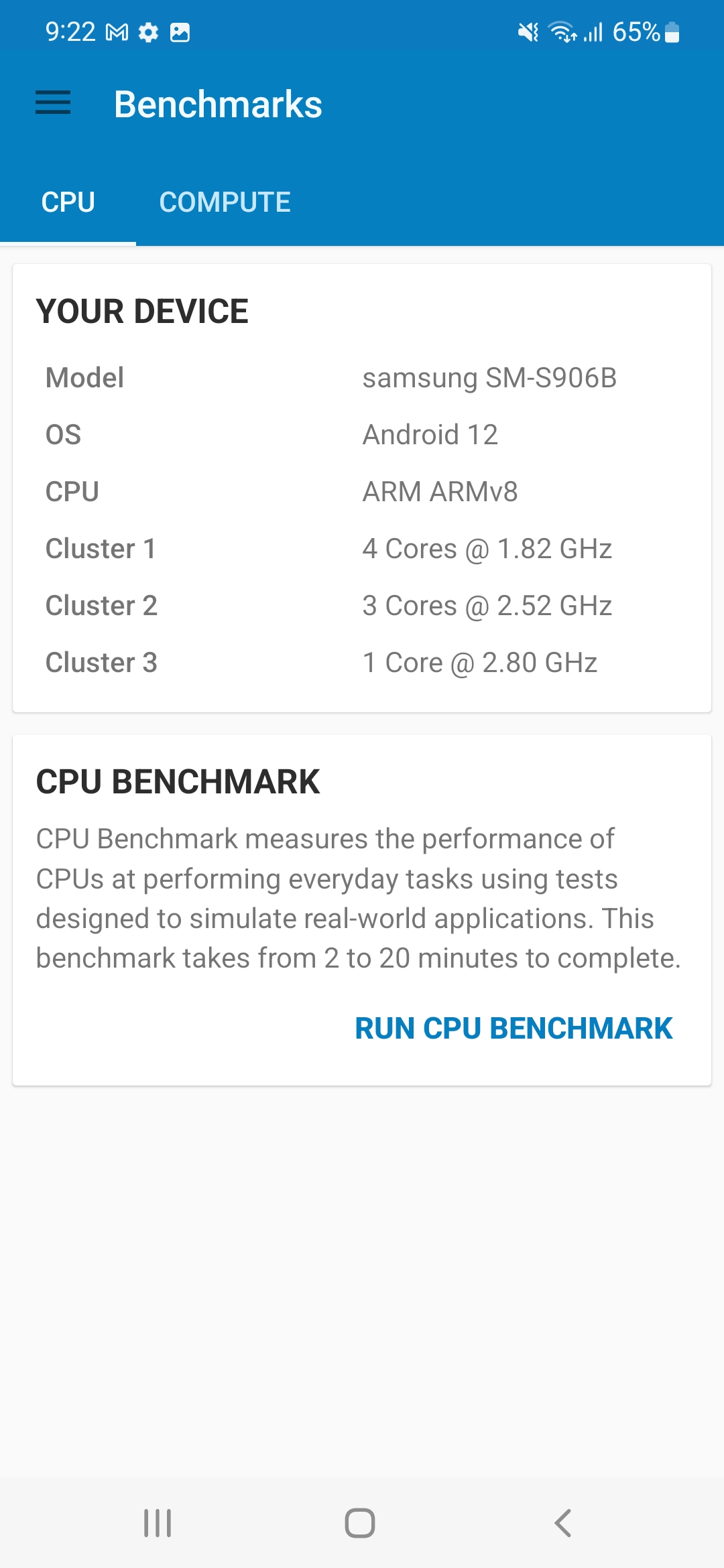
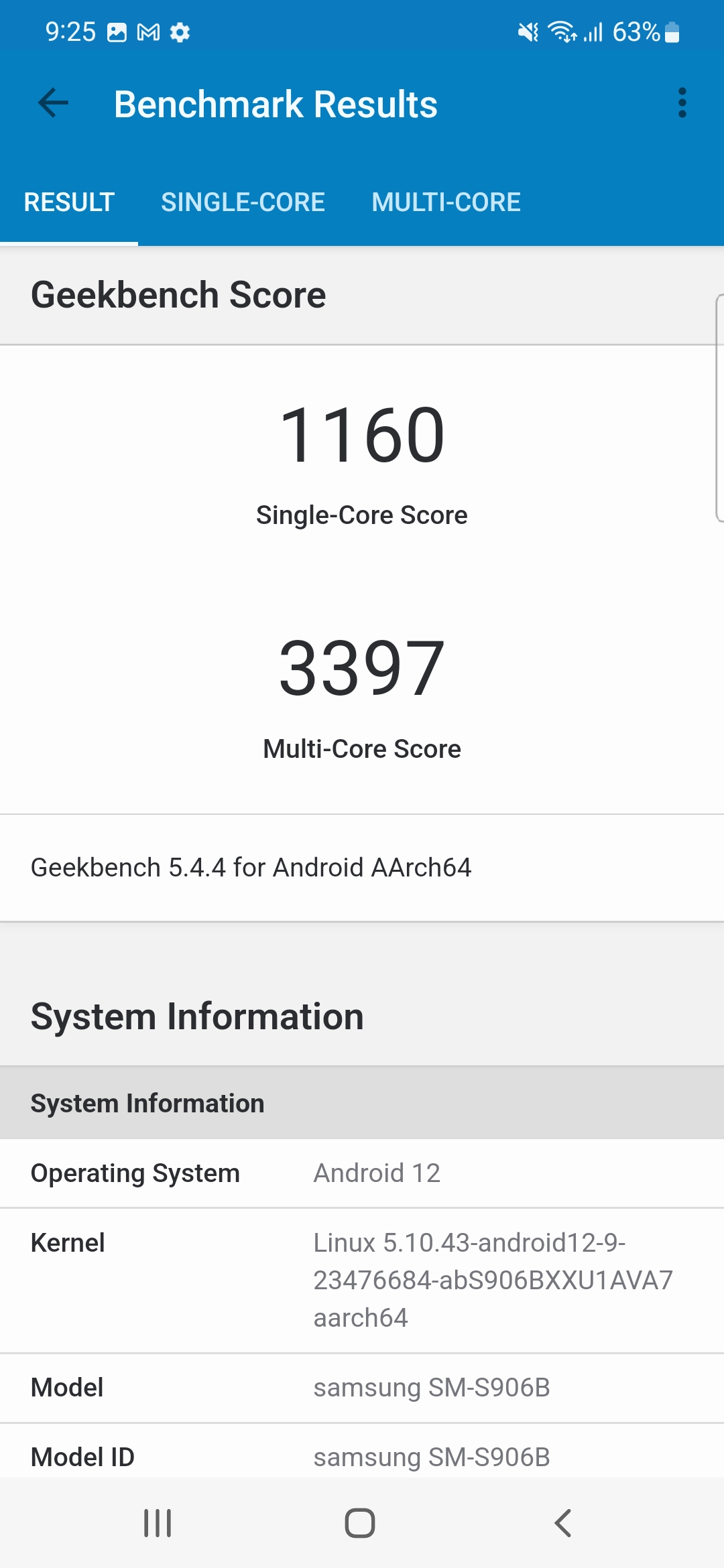
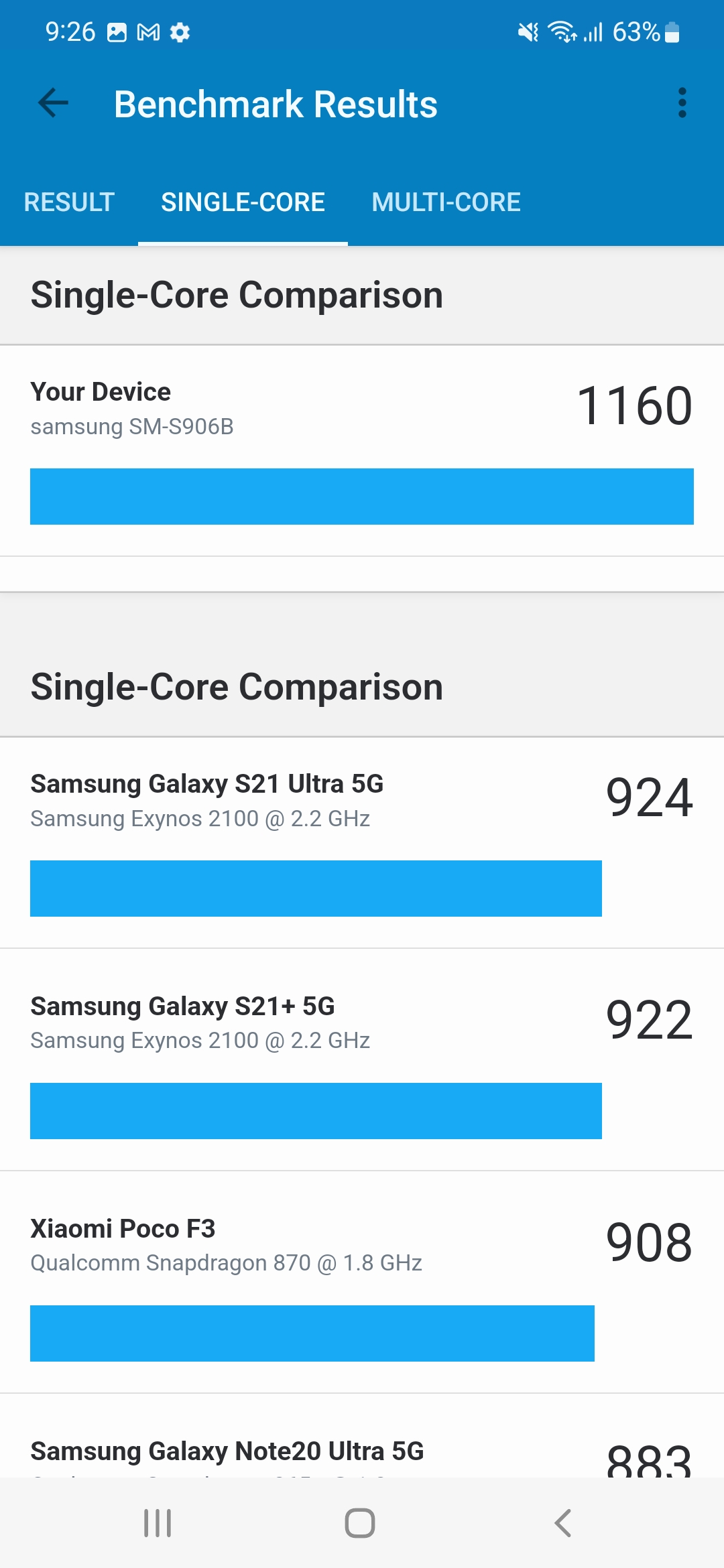
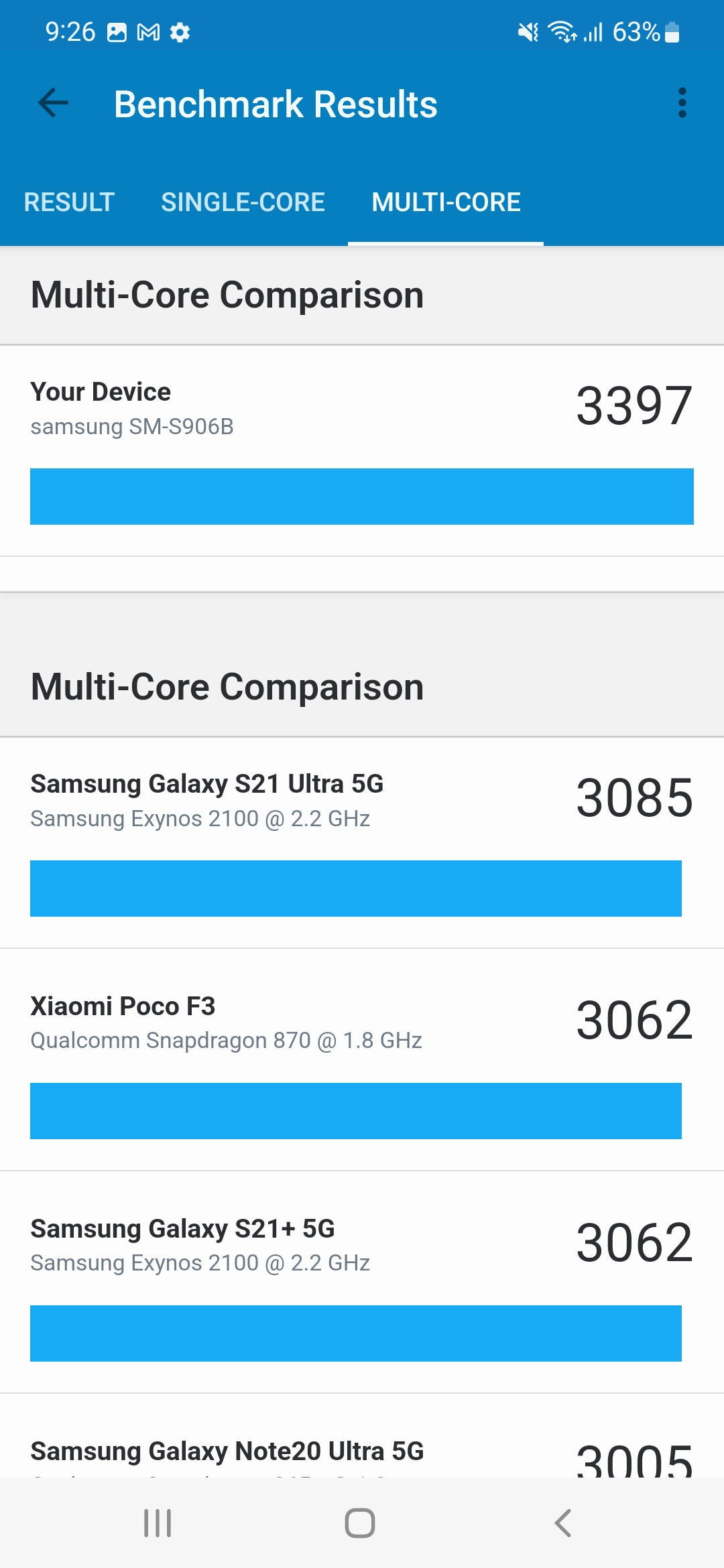

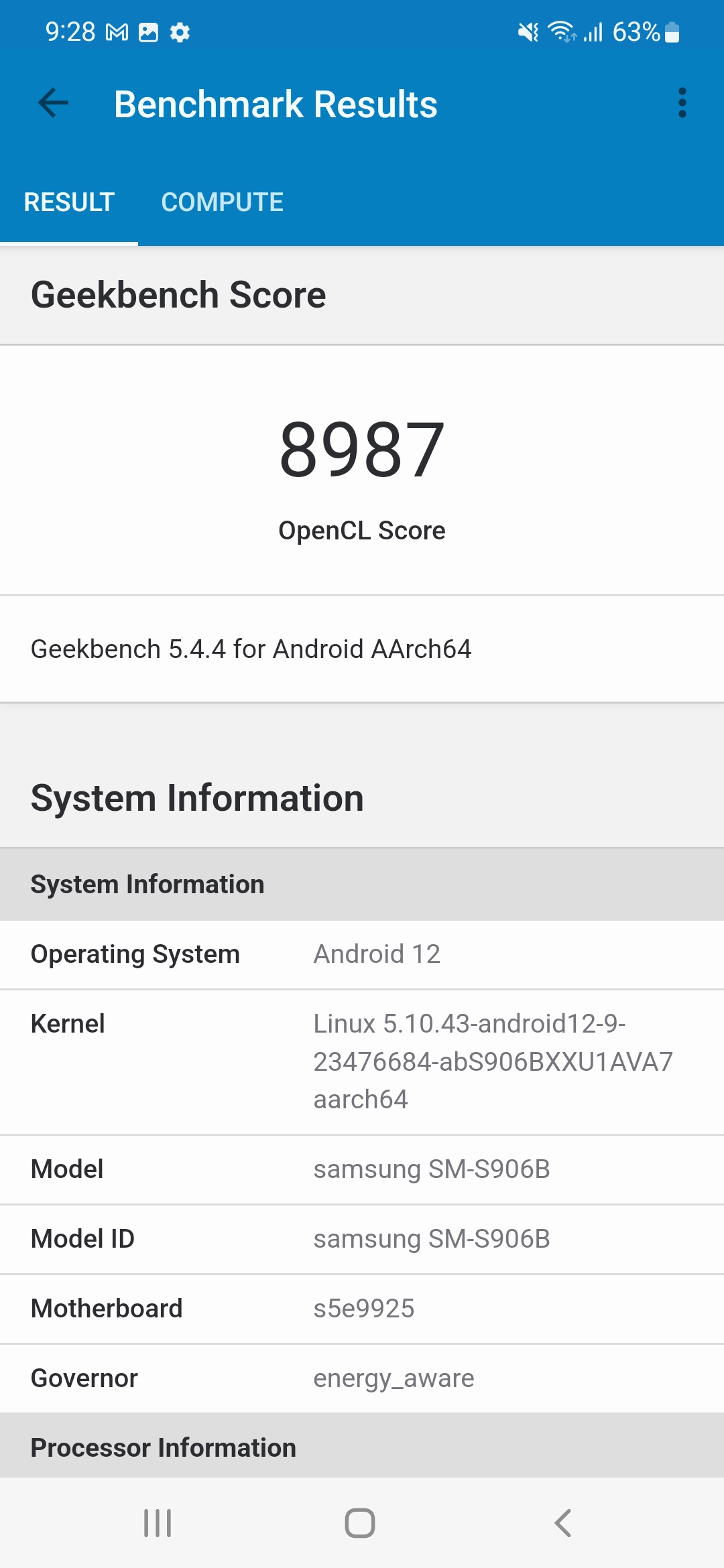
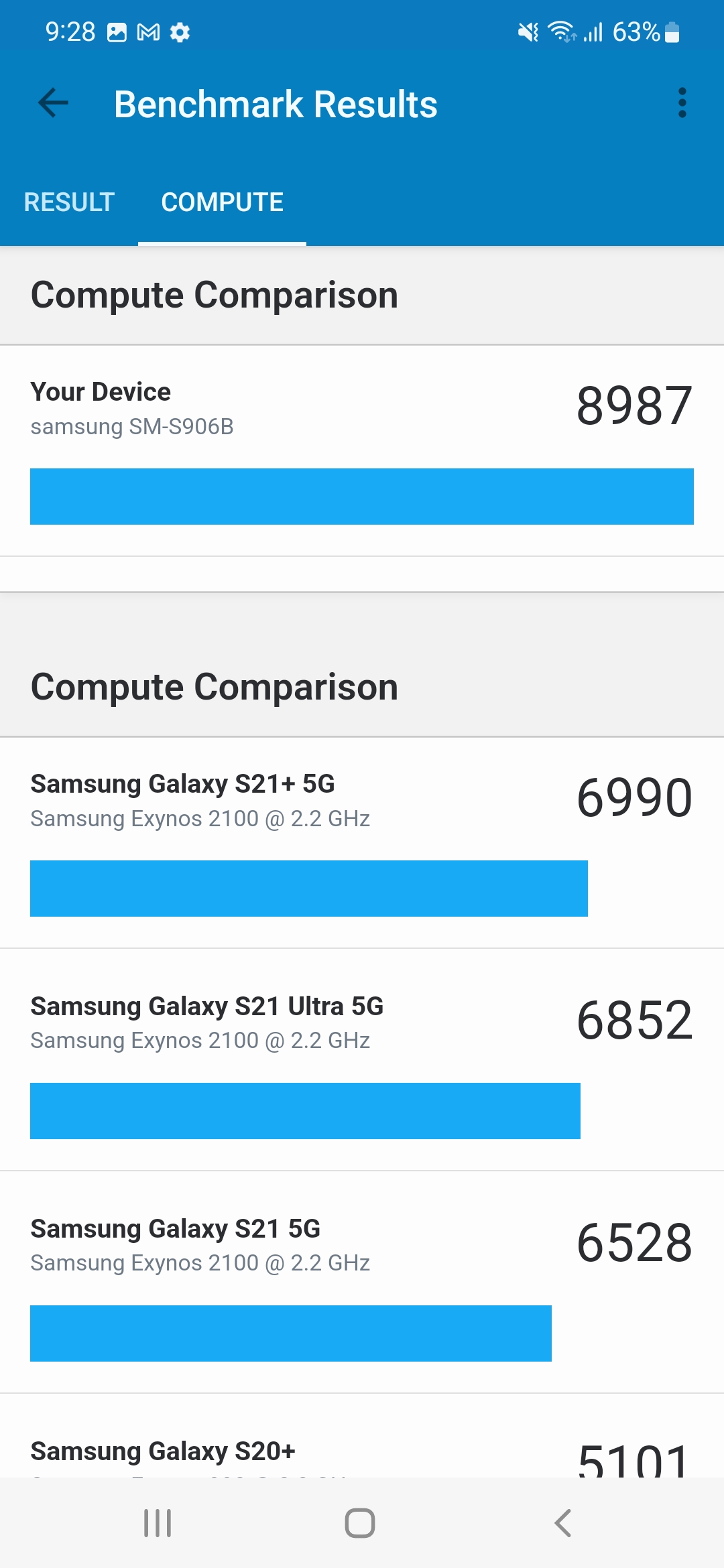
I've been using the phone for 2 days, so I already have some first impressions. It is an amazing and above all beautiful device. It makes no sense to list all the pros, everything is described in the review. So, just a few criticisms:
1) The phone has a rather weak sound. While the sound from the S21 is full, the S22 + plays absolutely flat. Among other things, the phone cannot play silently. Even the smallest volume is quite loud.
2) The phone "cuts" the palm of your hand uncomfortably. Unfortunately, it is not pleasant to hold. The S21 does not have such an elegant design, but it fits like a pebble in the palm of your hand.
Thanks for the comment. Compared to the iPhone 12 and 13, holding the phone is still a breeze. Low weight also plays a role here for the S22+.
don't be angry with me, but with the iP 12 or 13, for example, the "tip" of the photomodule protrusion near the buttons does not poke the finger, also the overall "feeling in the hand" is surprisingly poor with the S22 and S22+. It's like a child's plastic box. But, this is my opinion, I had both the S22 and the S22+ in my hand and they just didn't "fit in my hand".
Where did you buy the phone? I have a pre-ordered S22+ at mobile emergency, I'm excited, but it will probably still be until 11.3....
…but a non-ideal portal
Where did you buy the phone? I have a pre-ordered S22+ at mobile emergency, I'm excited, but it will probably still be until 11.3....